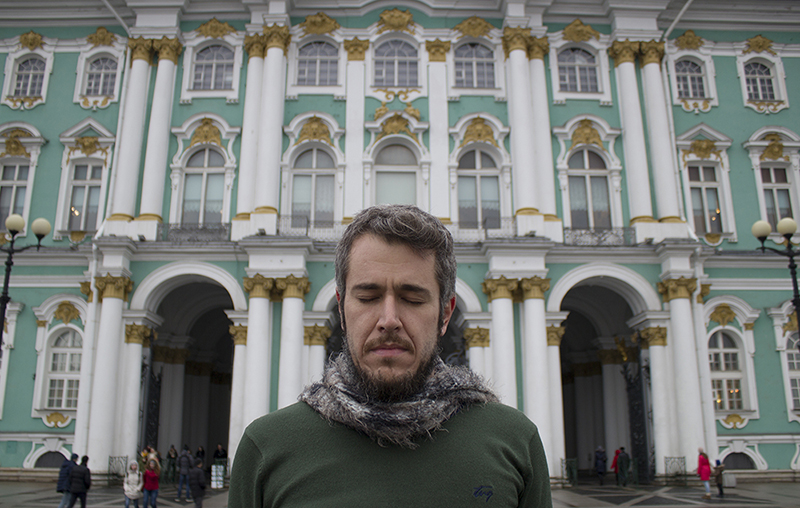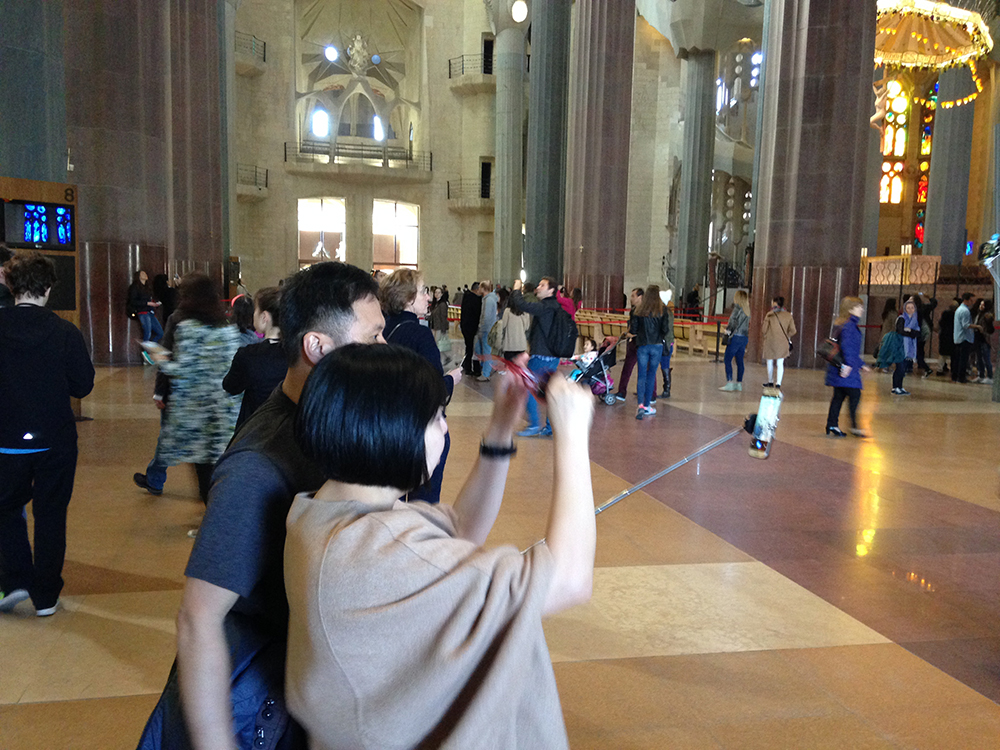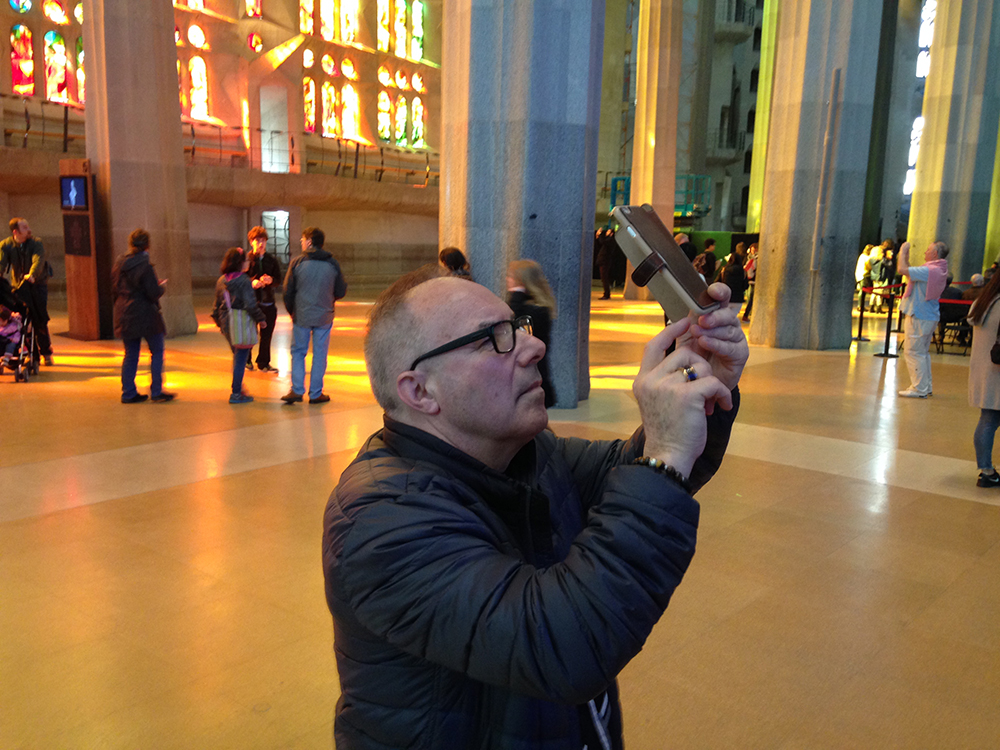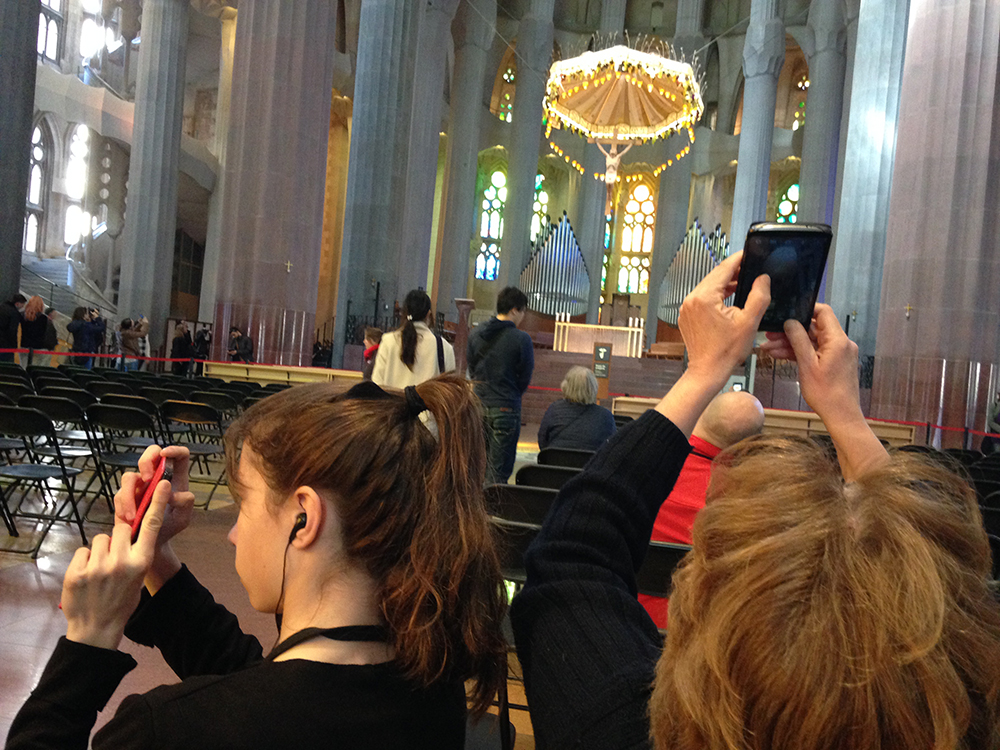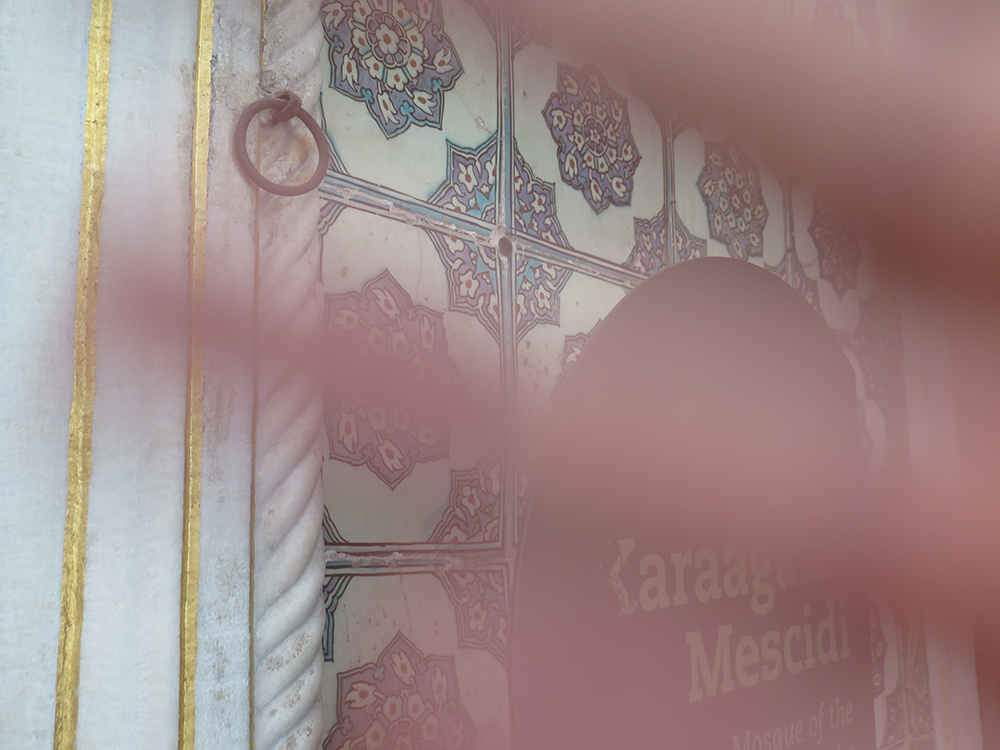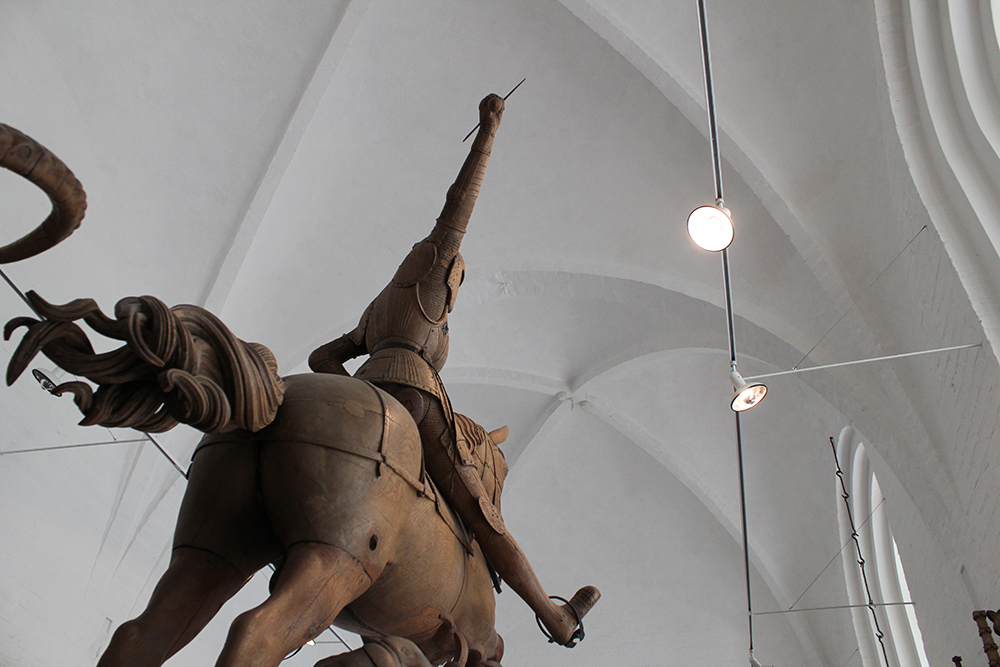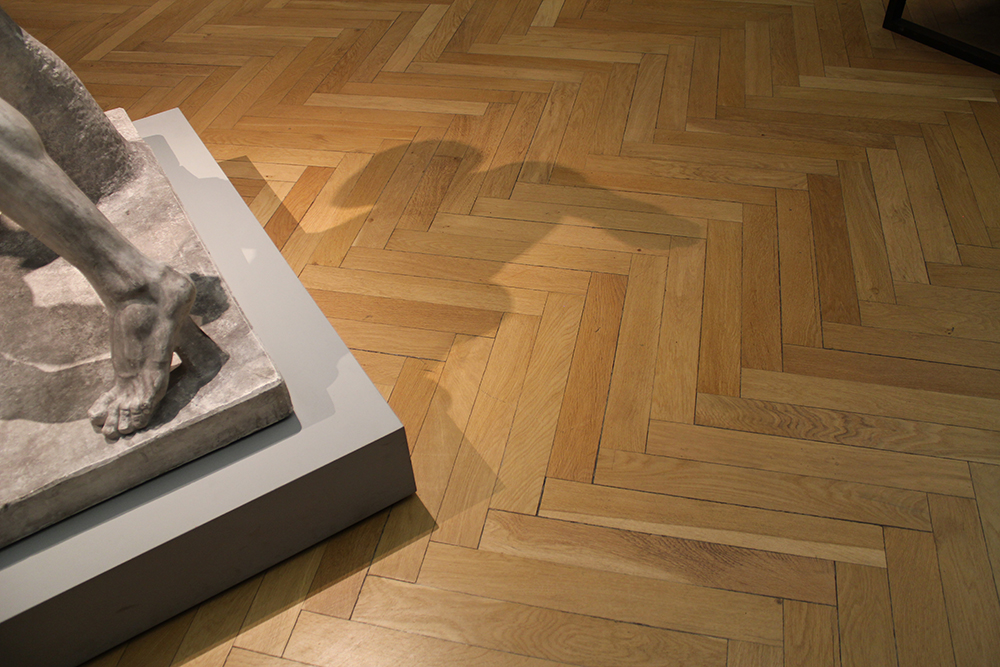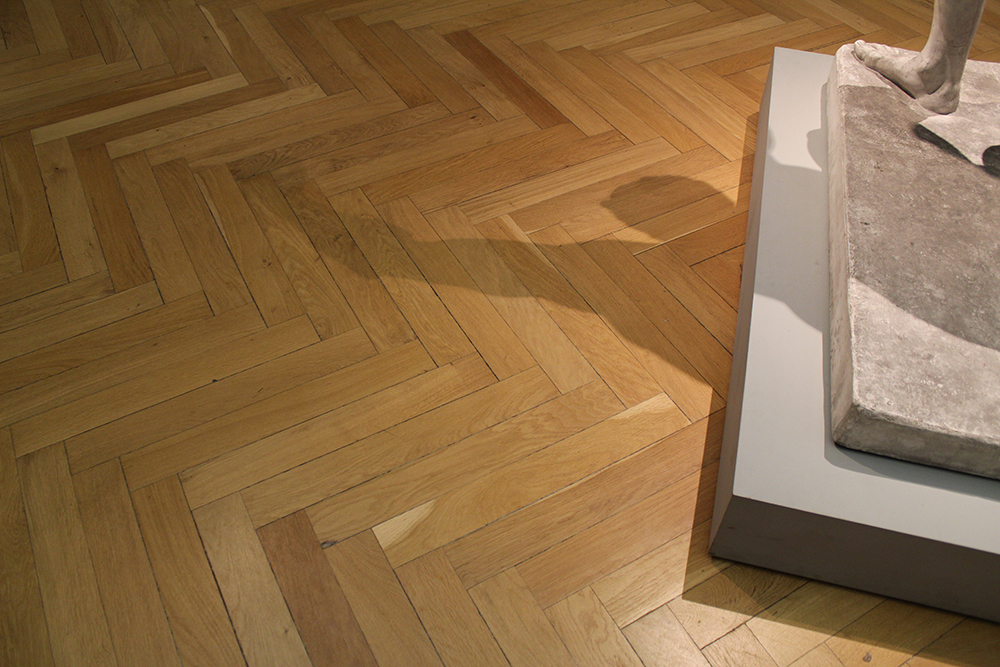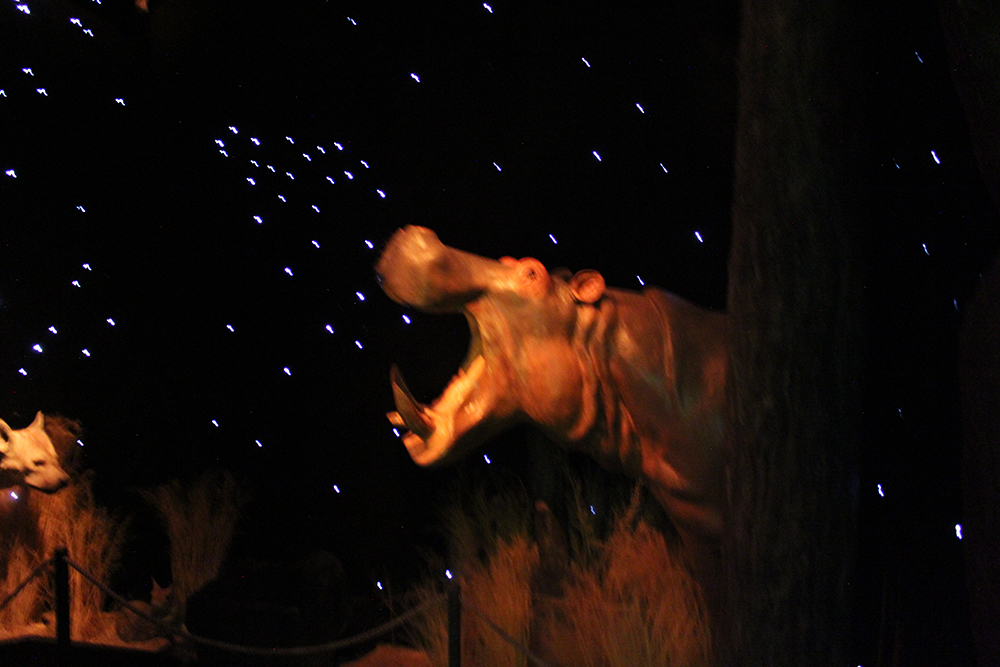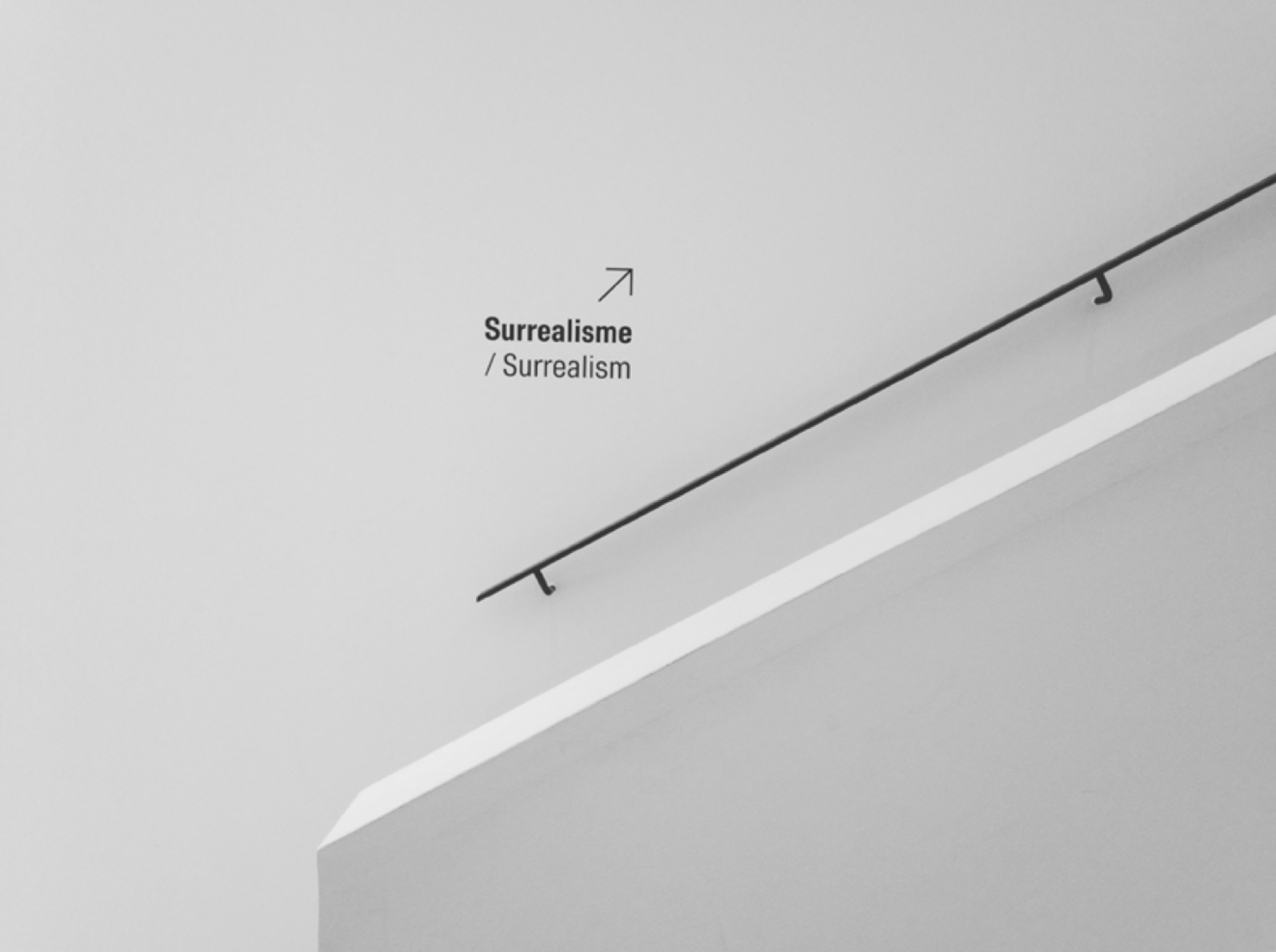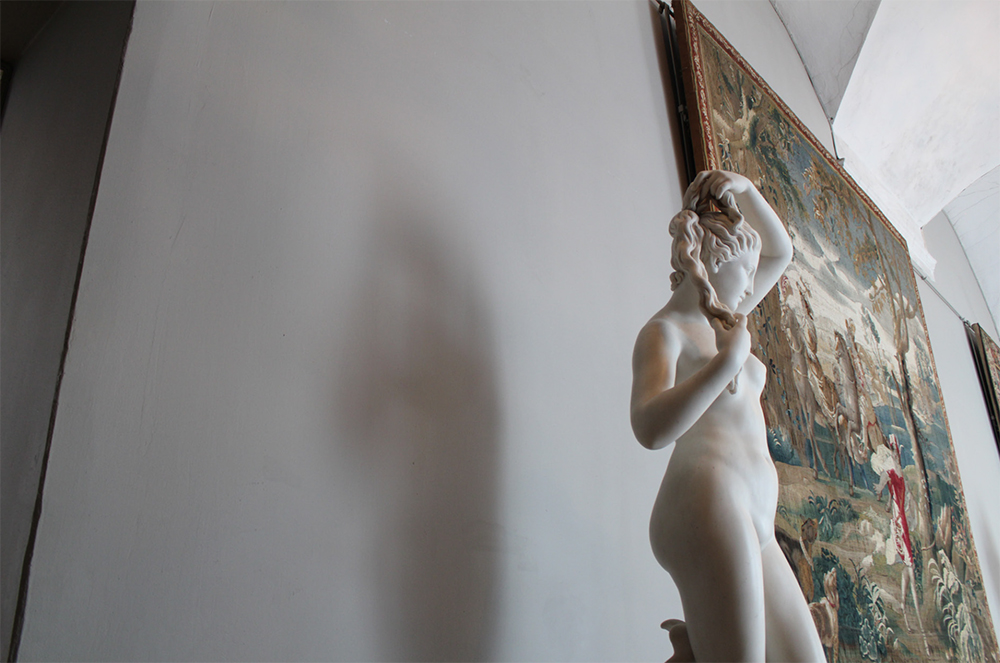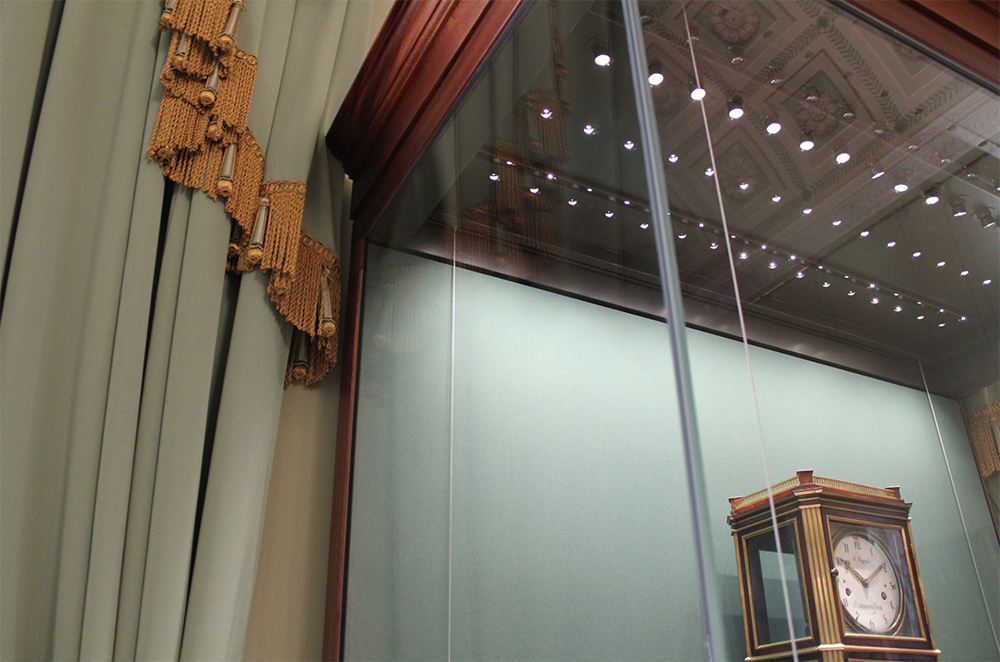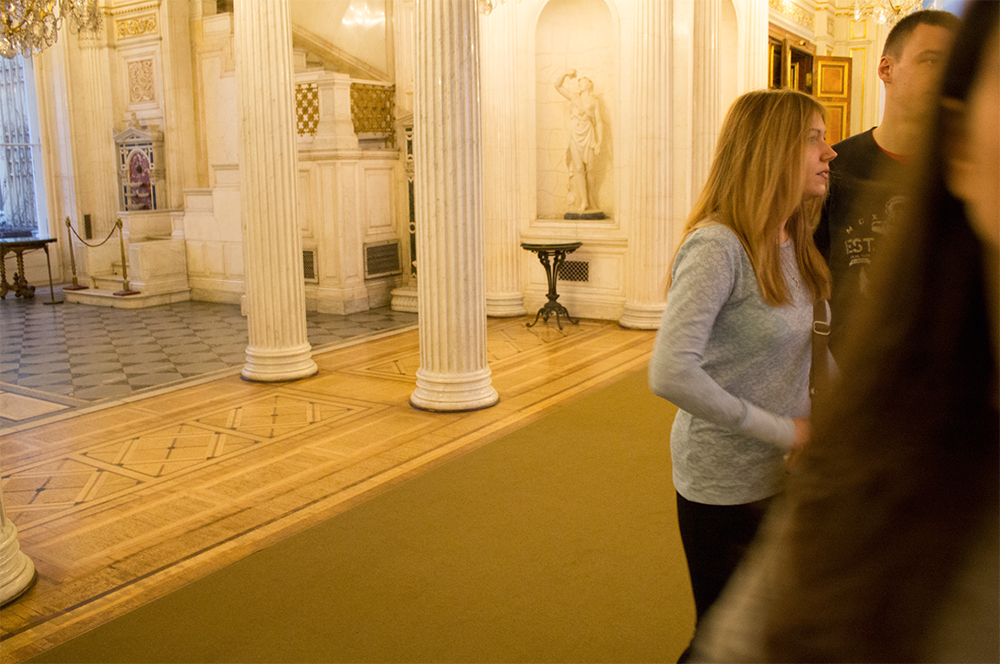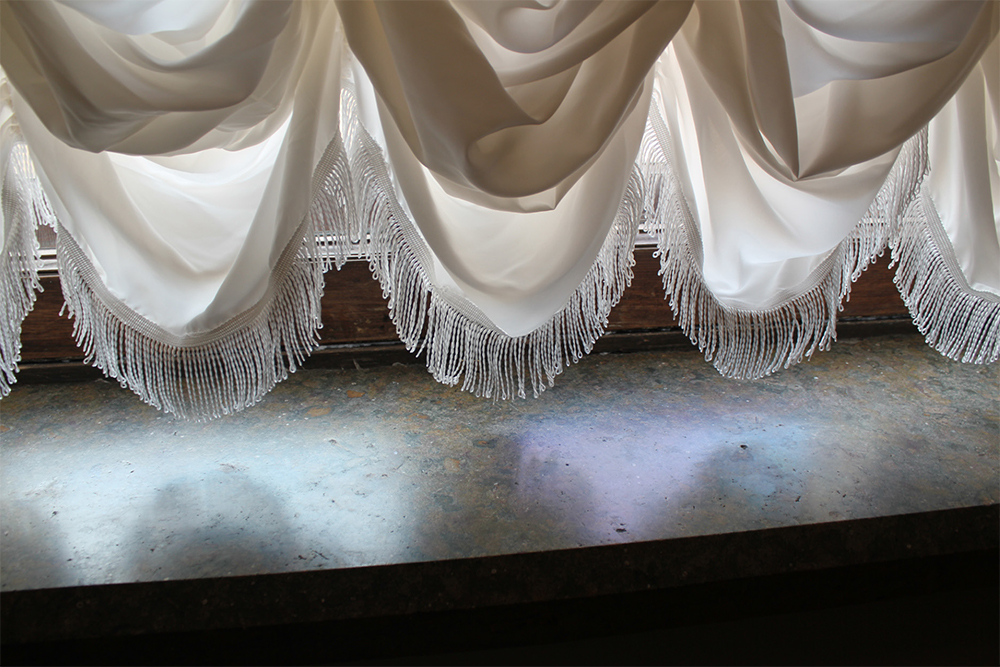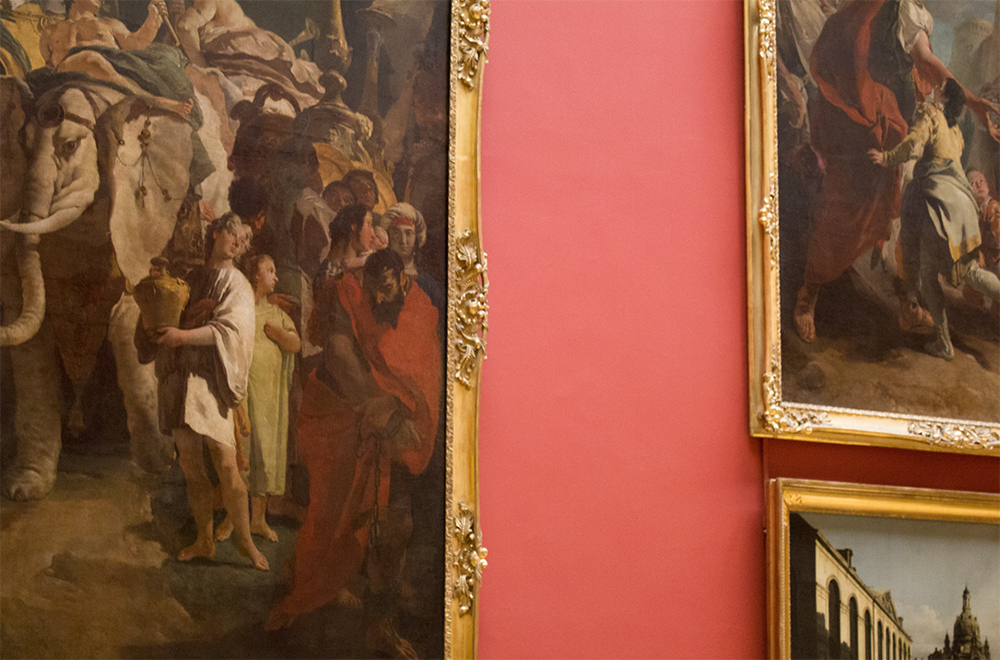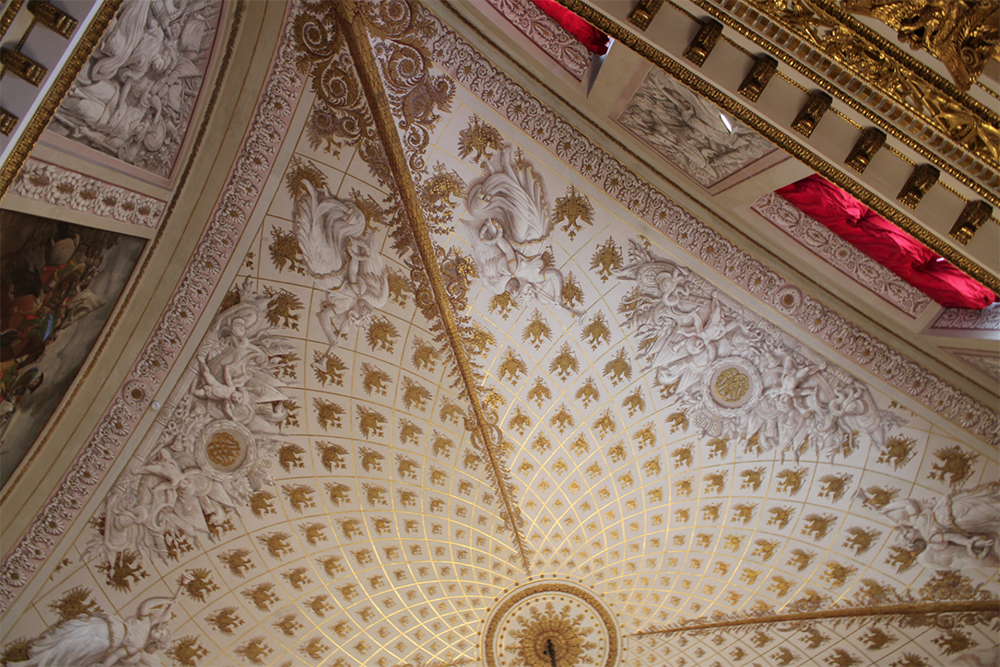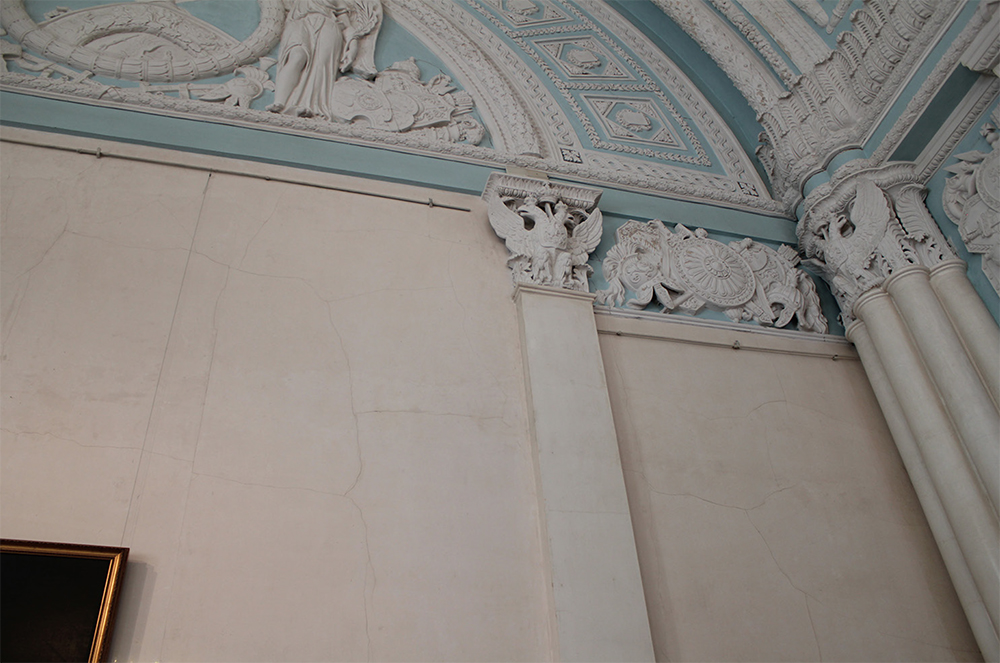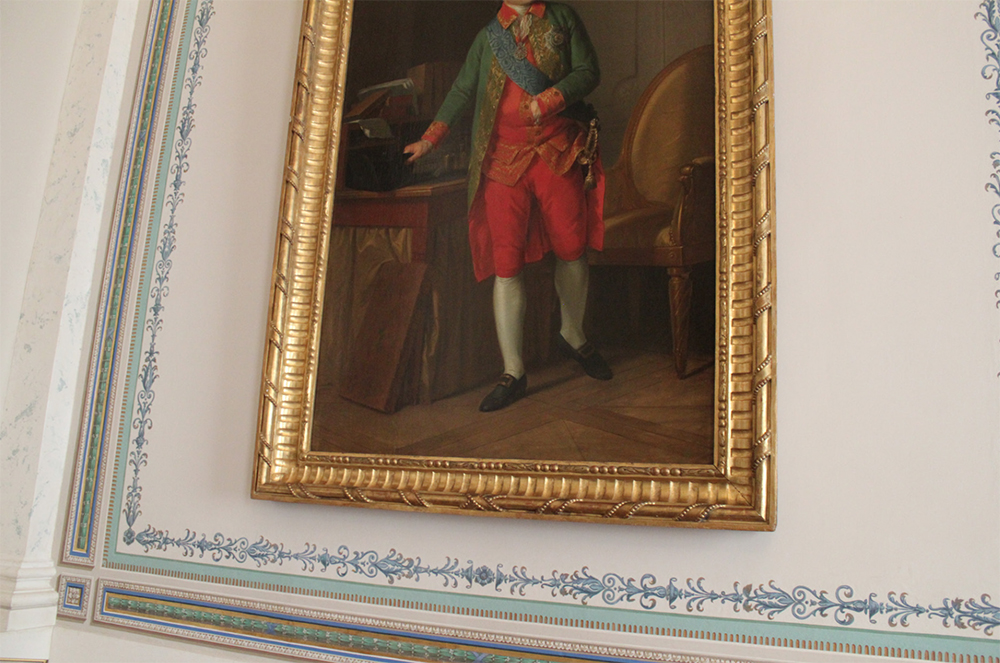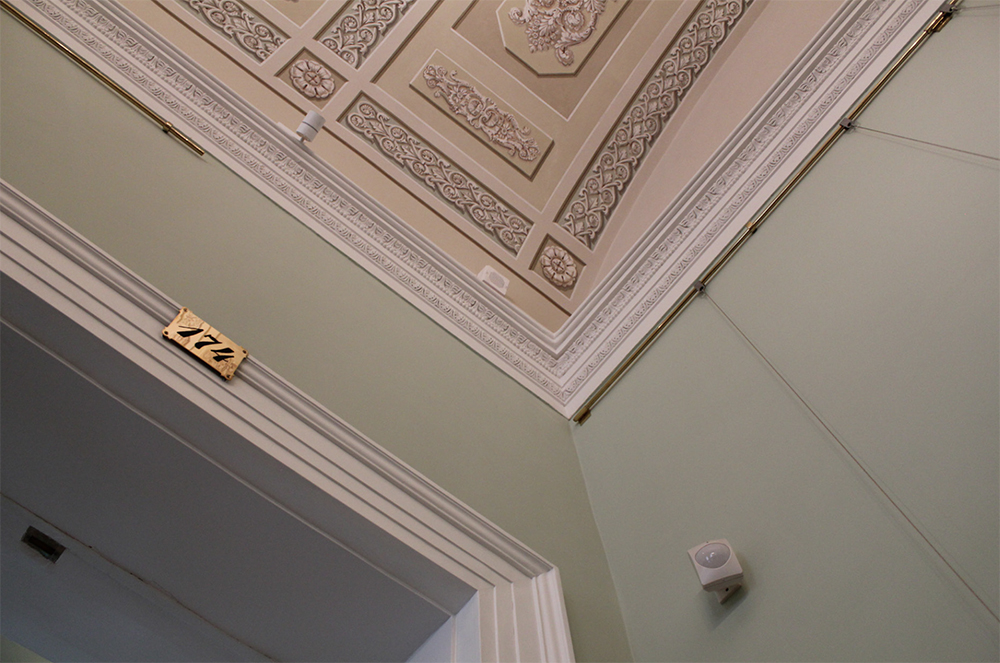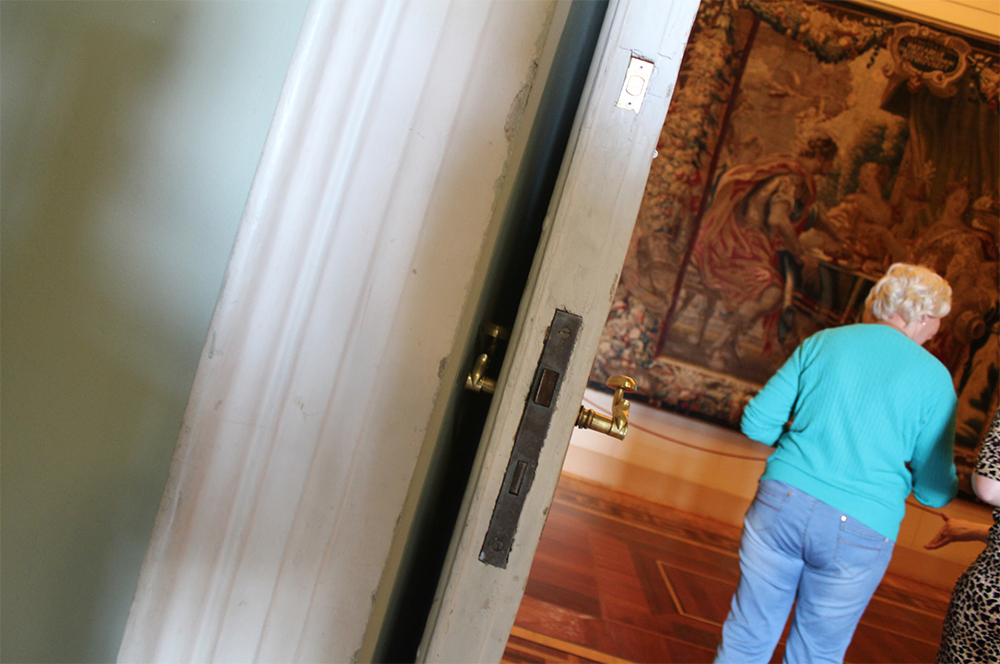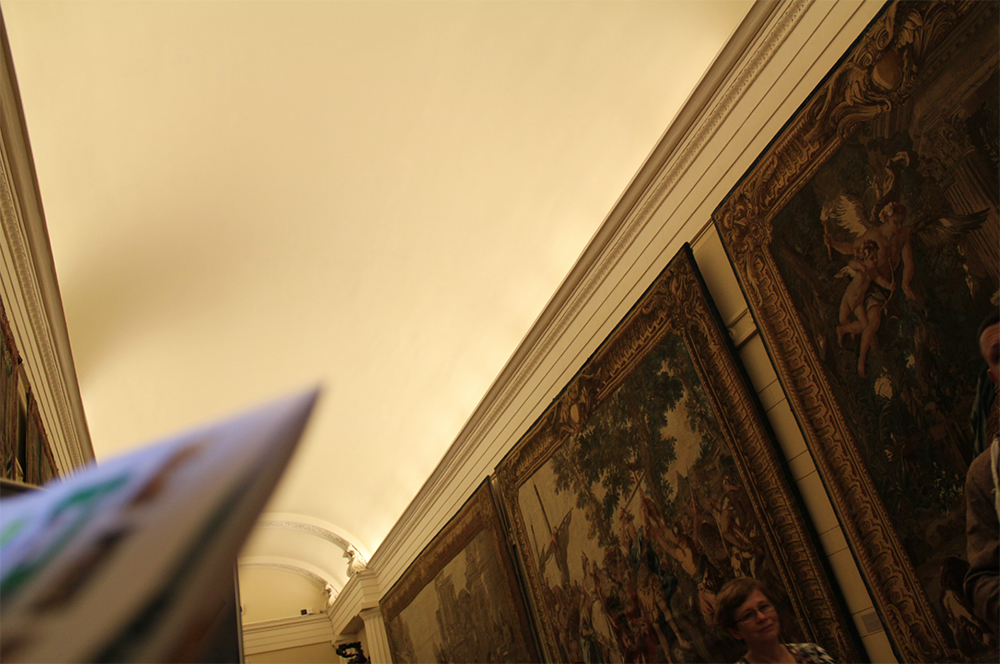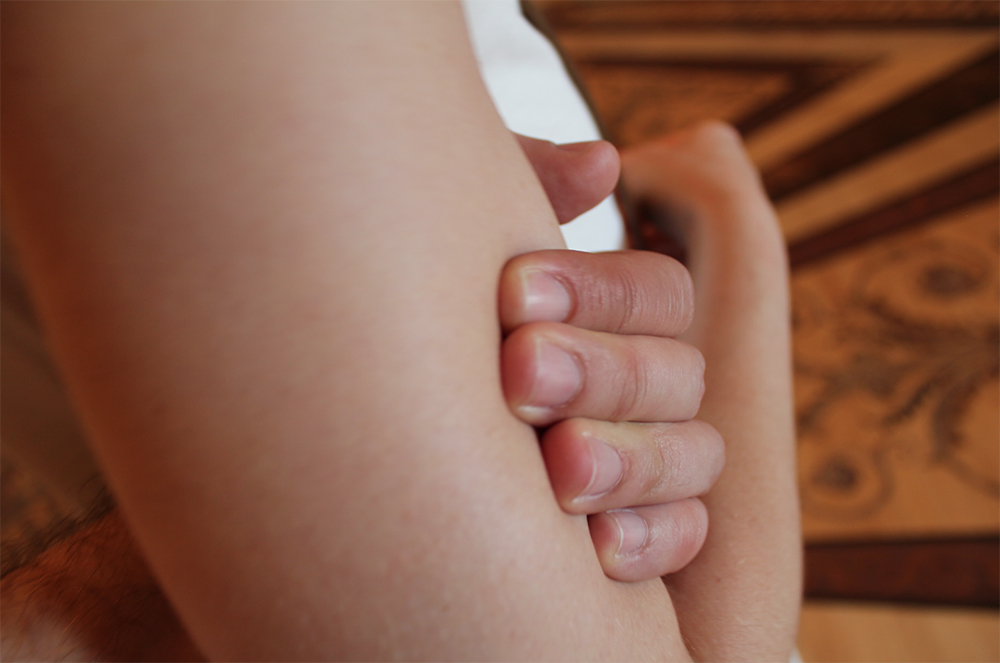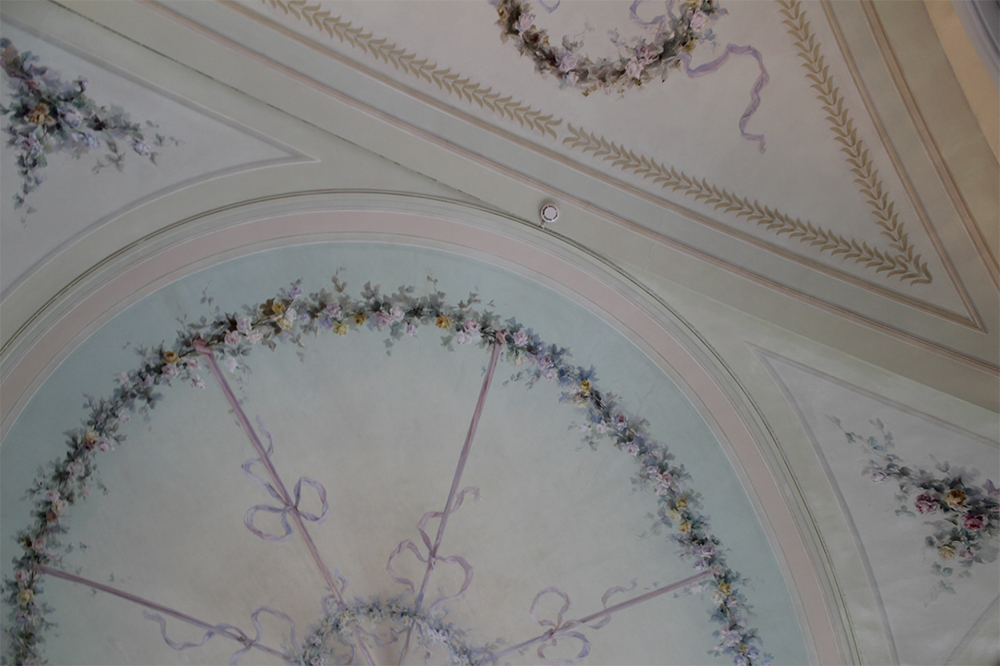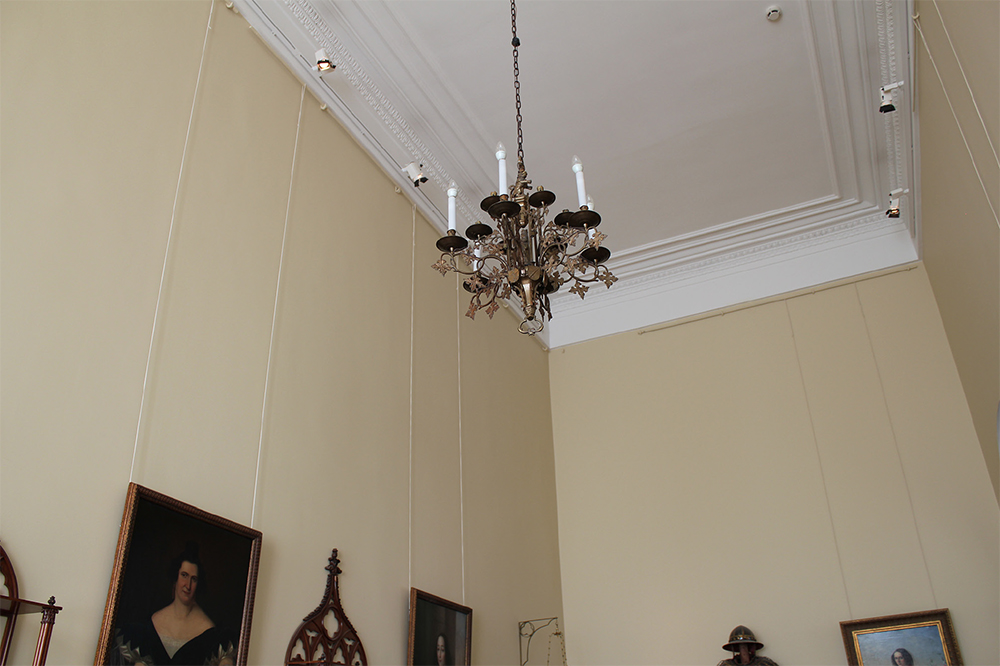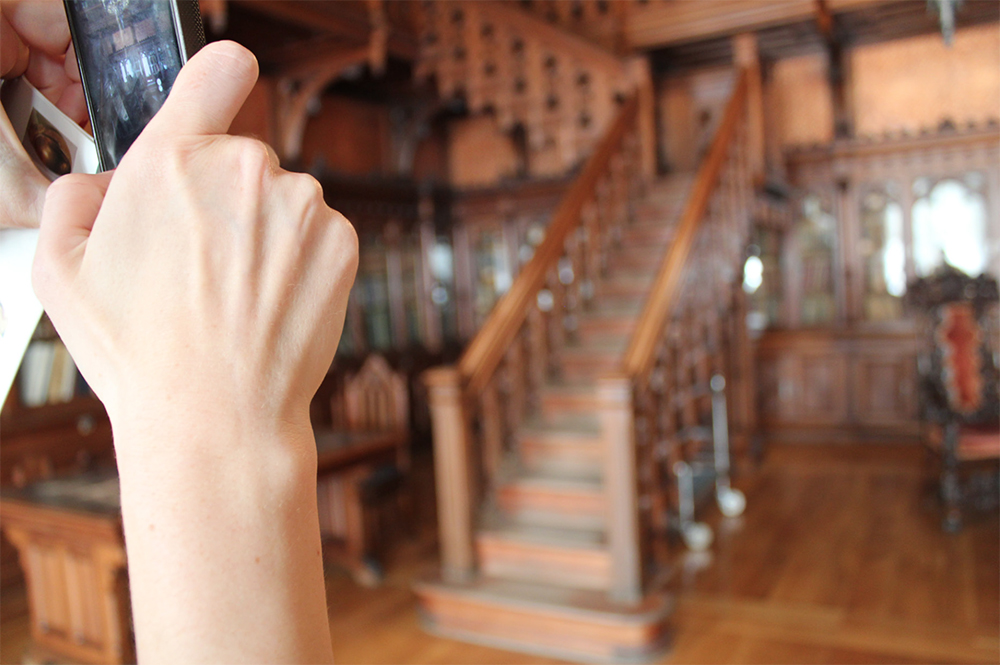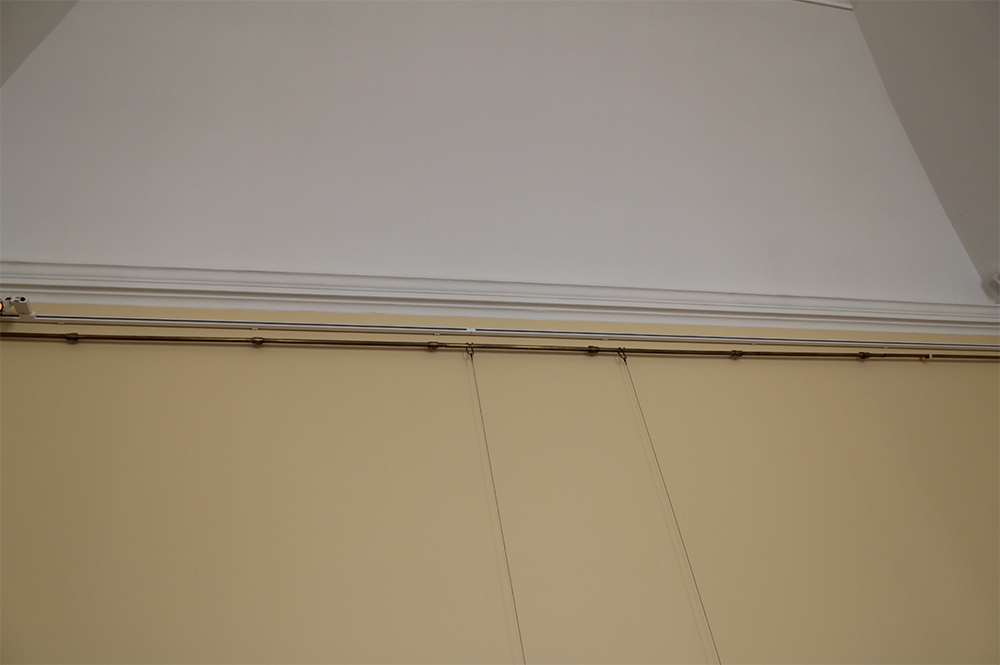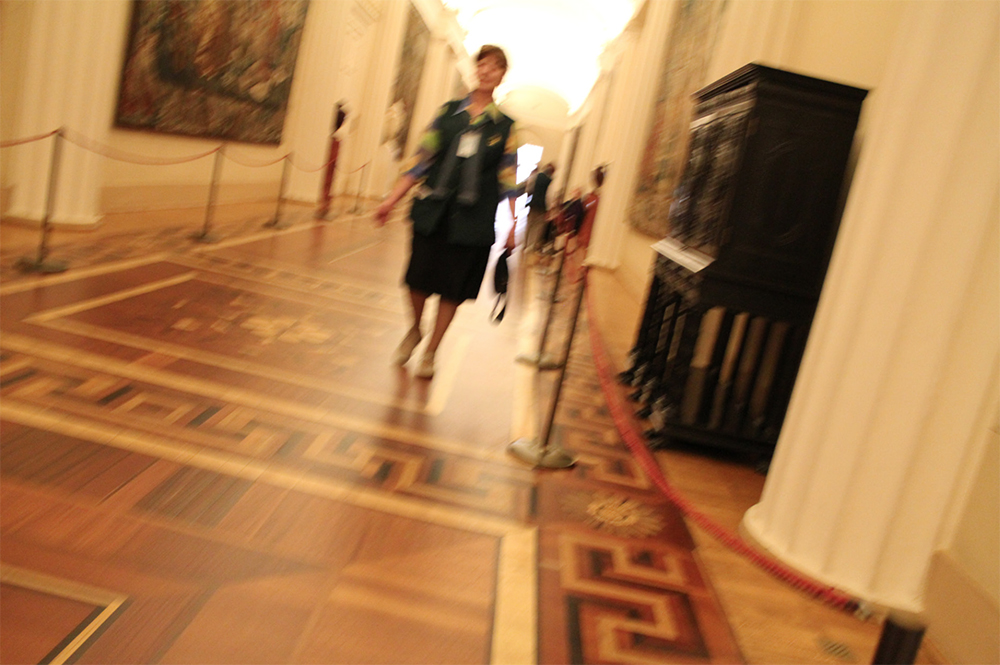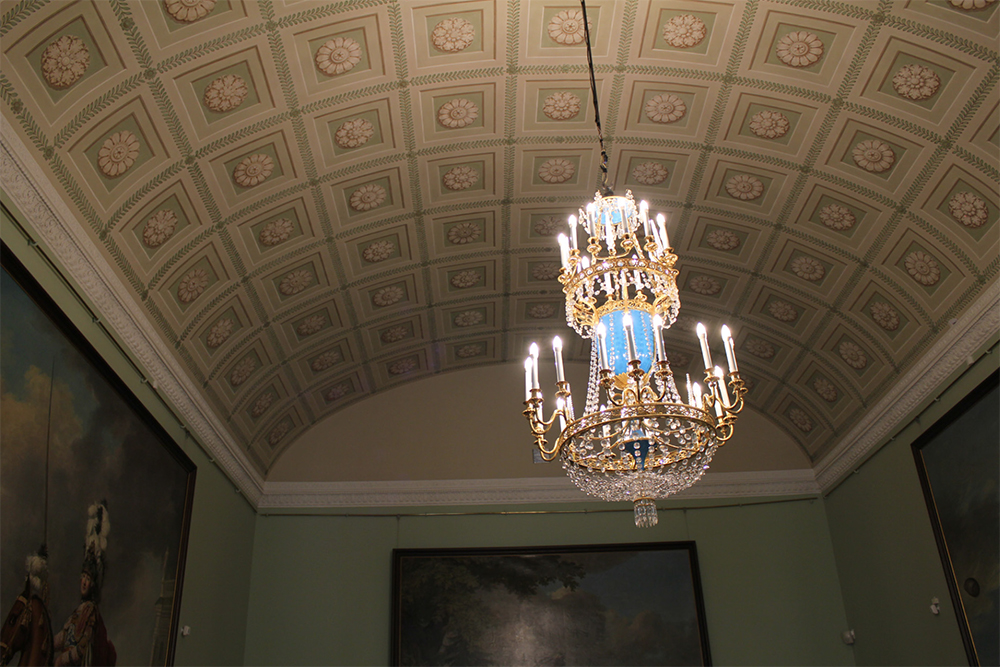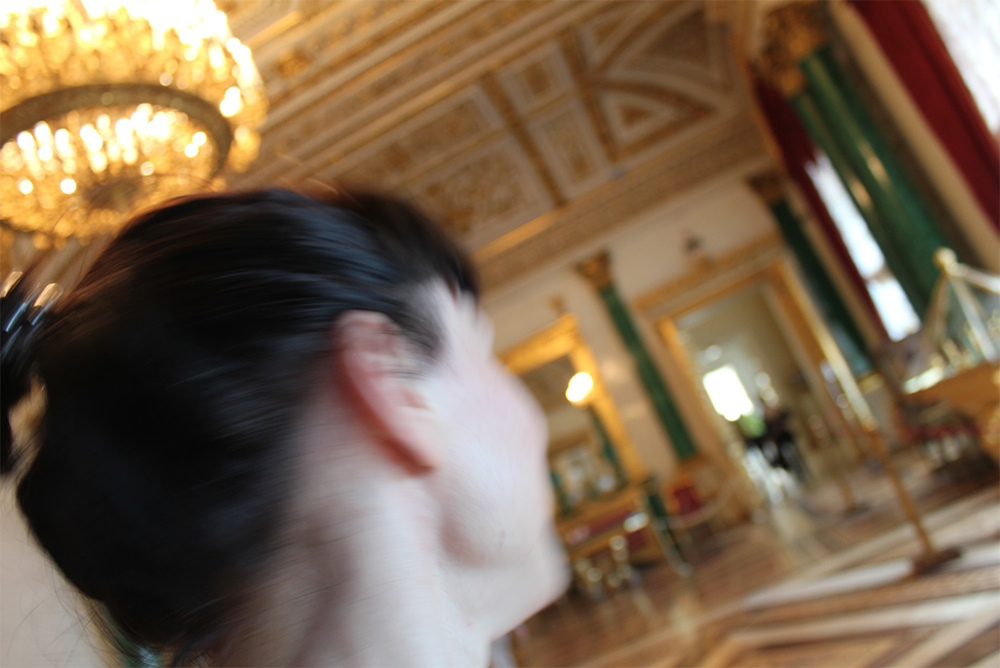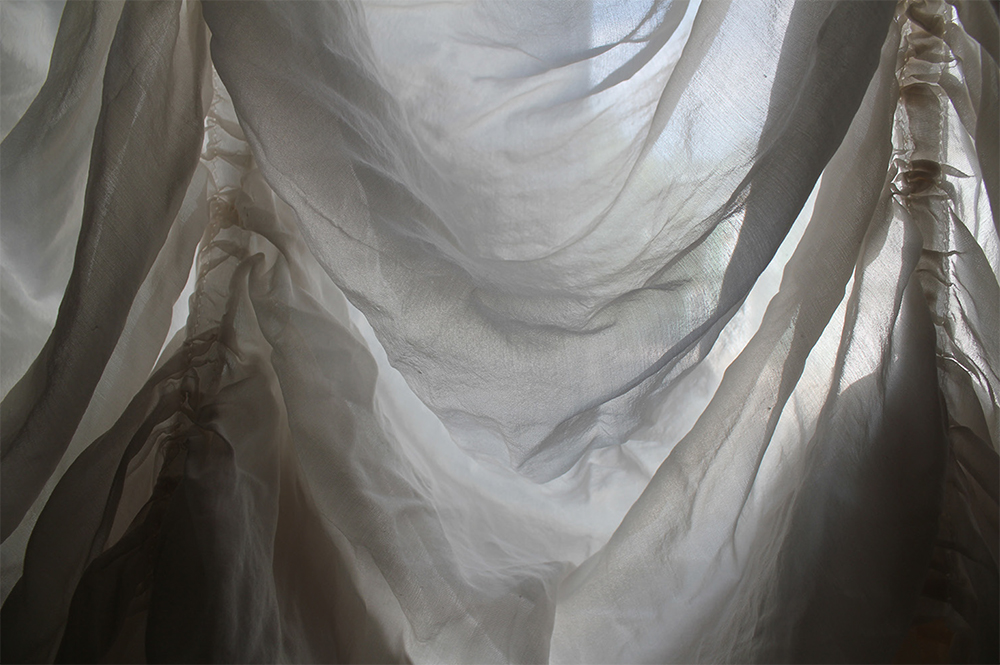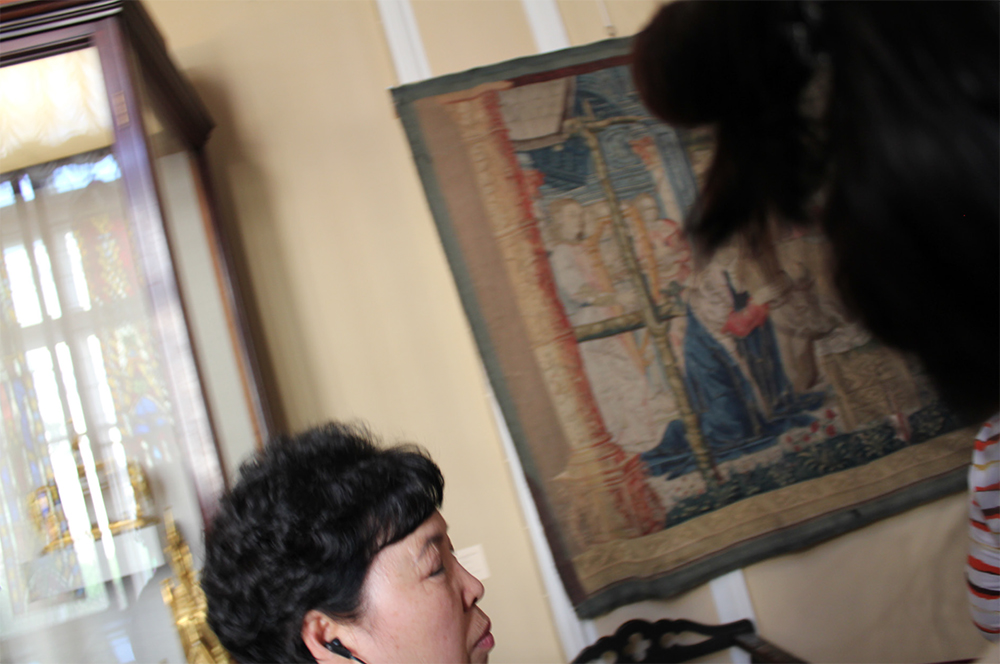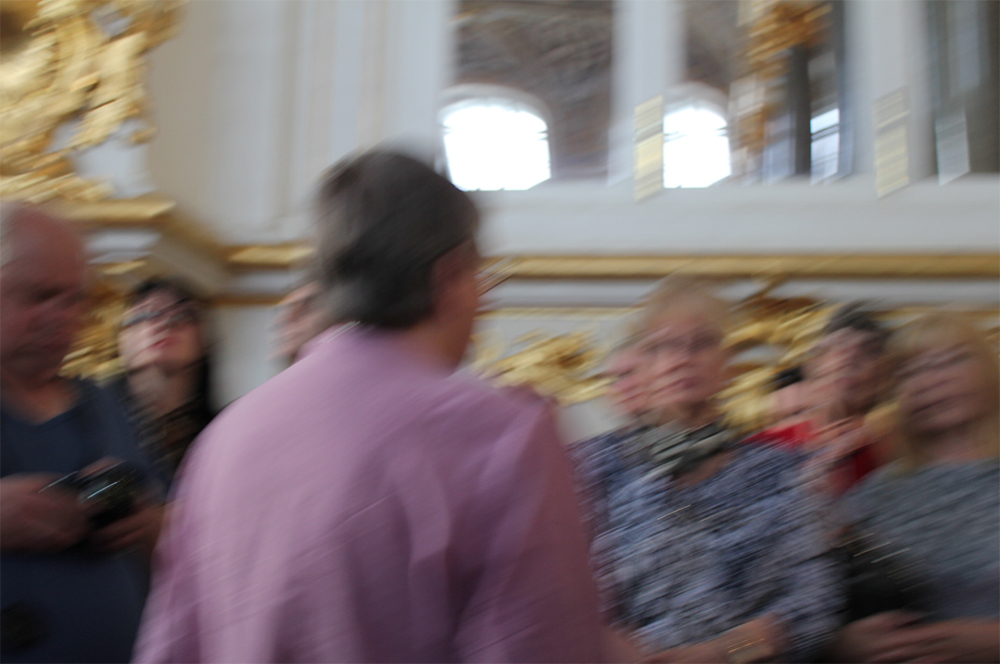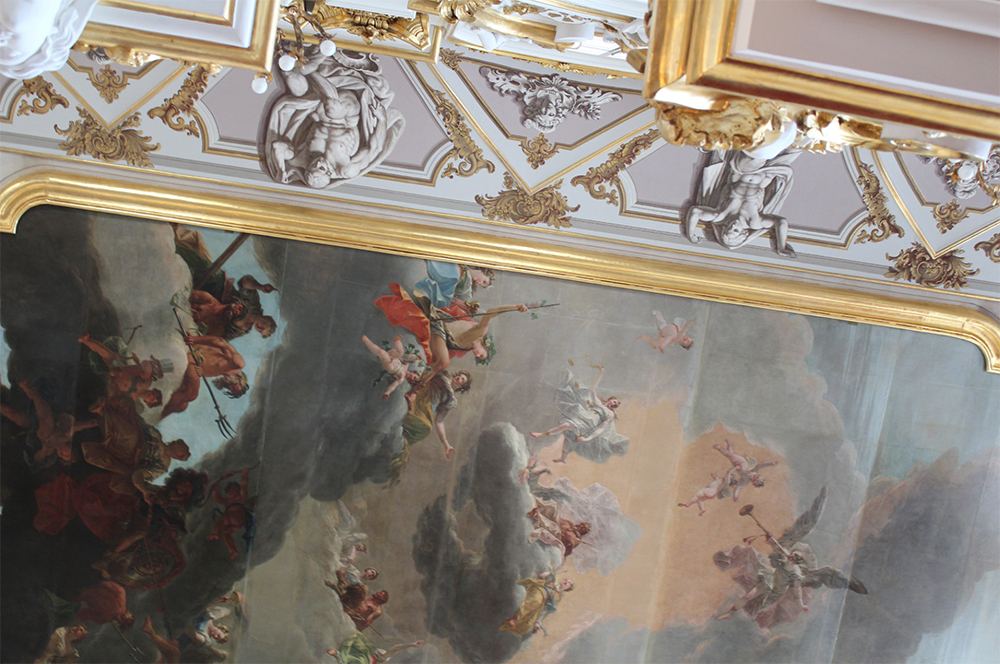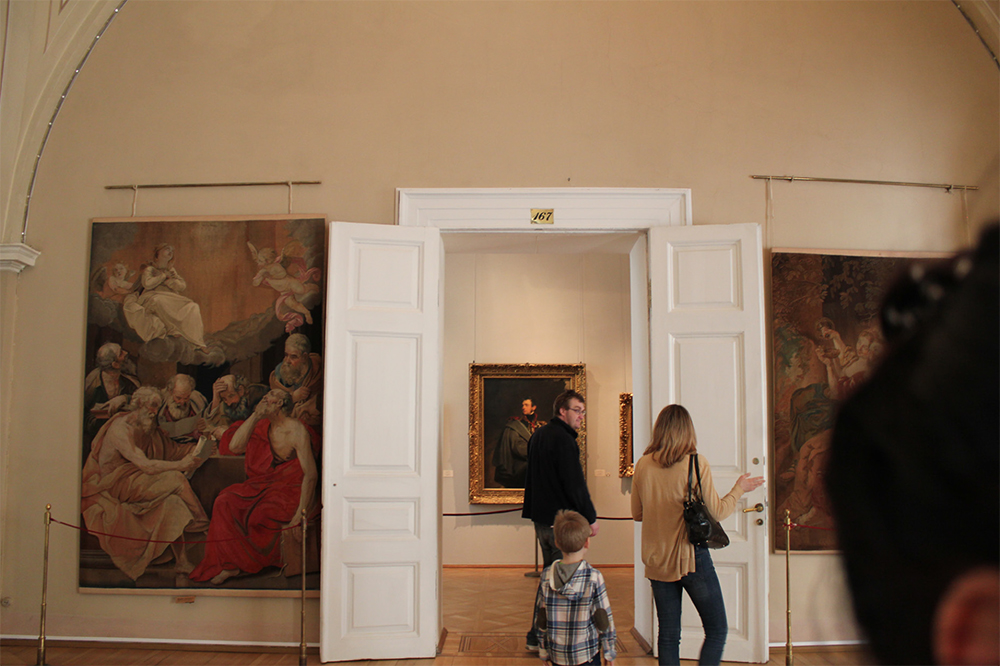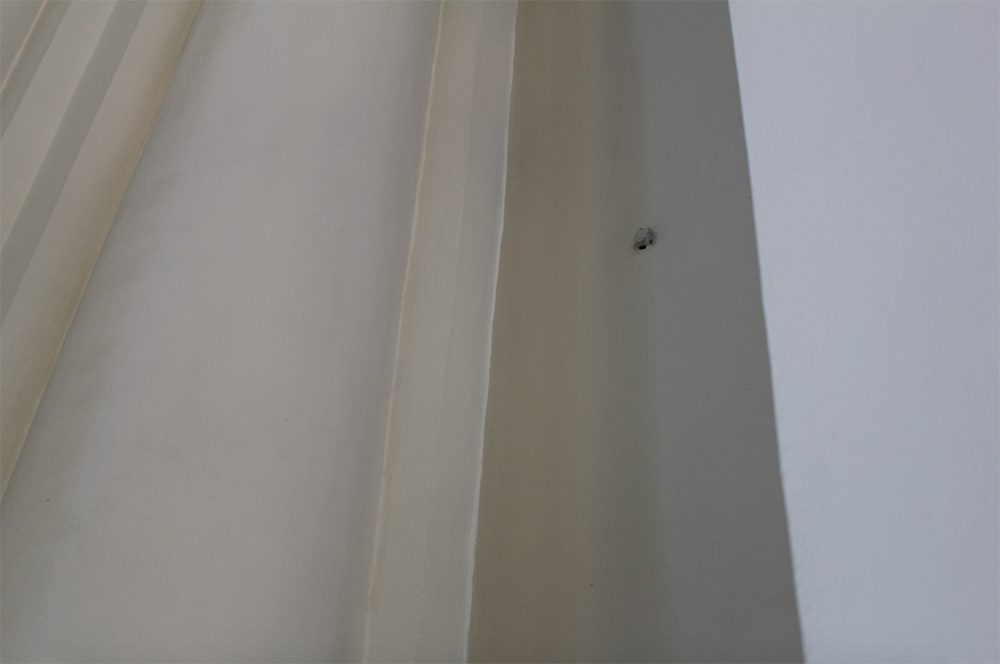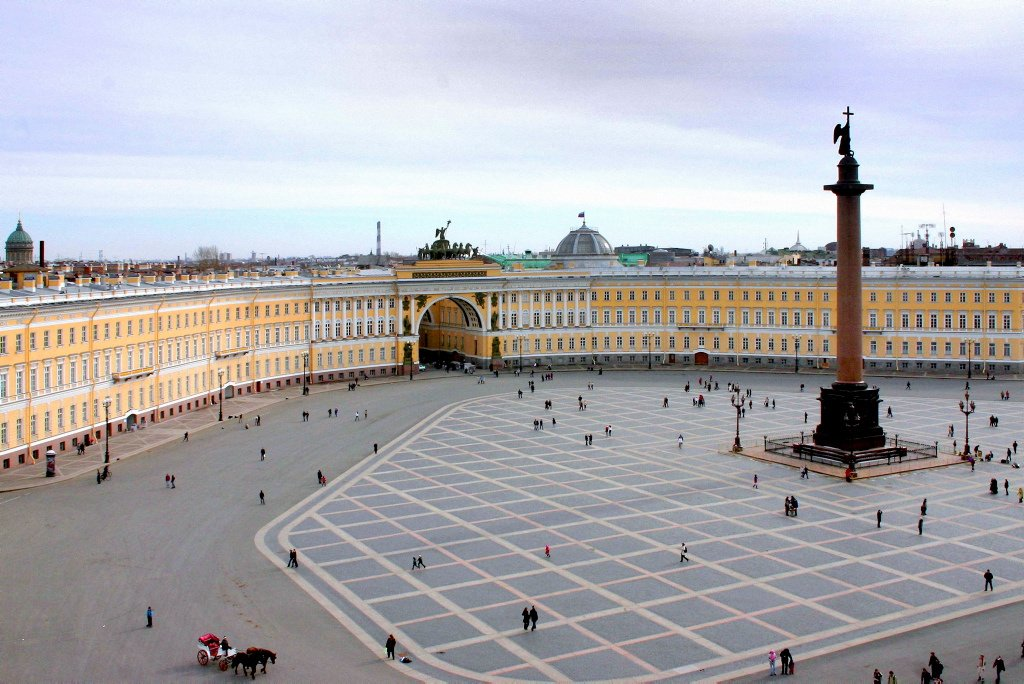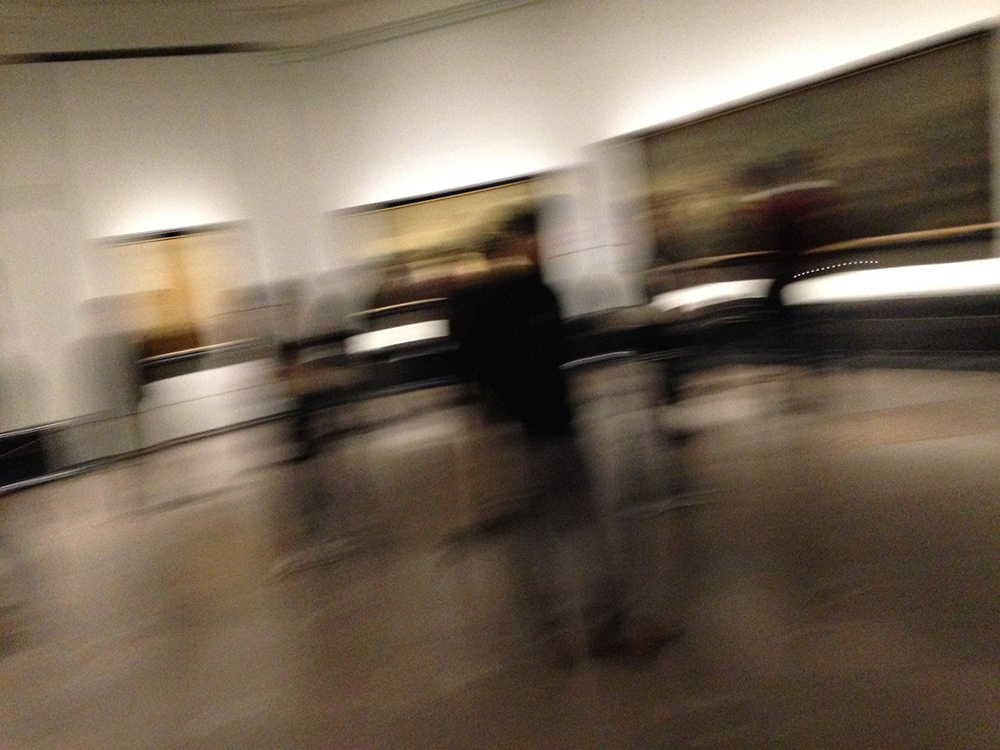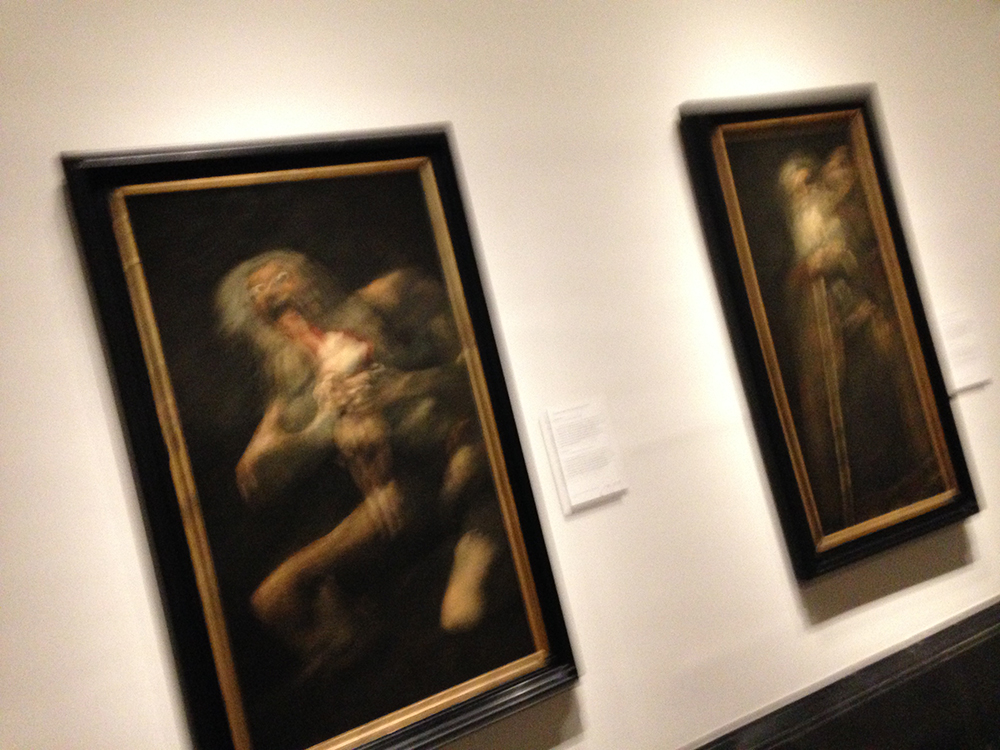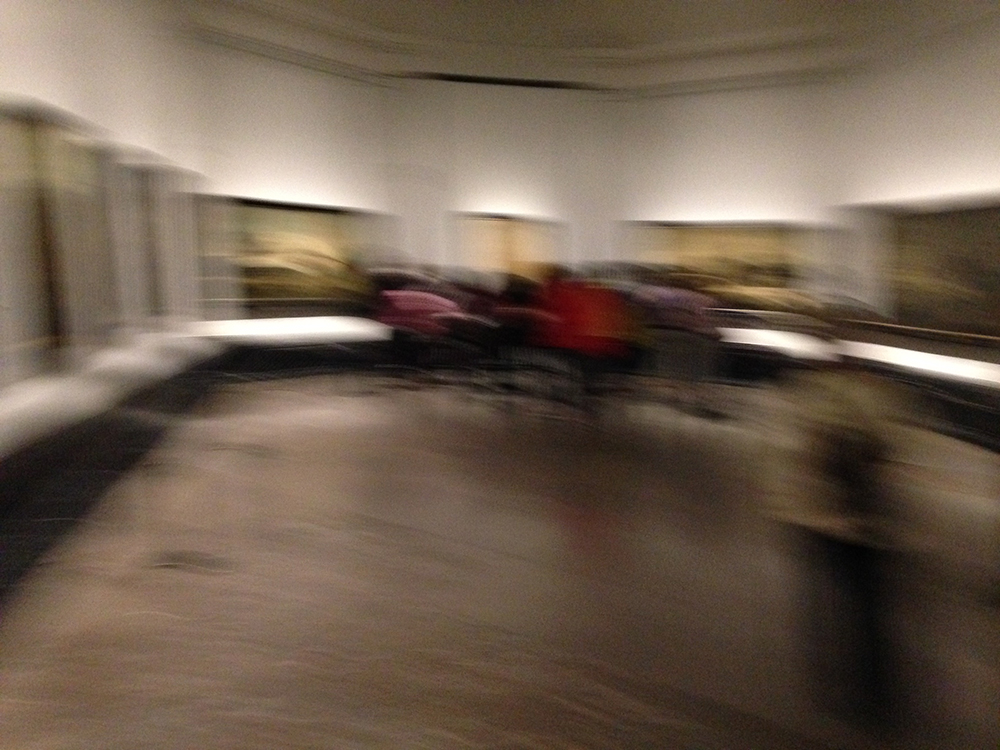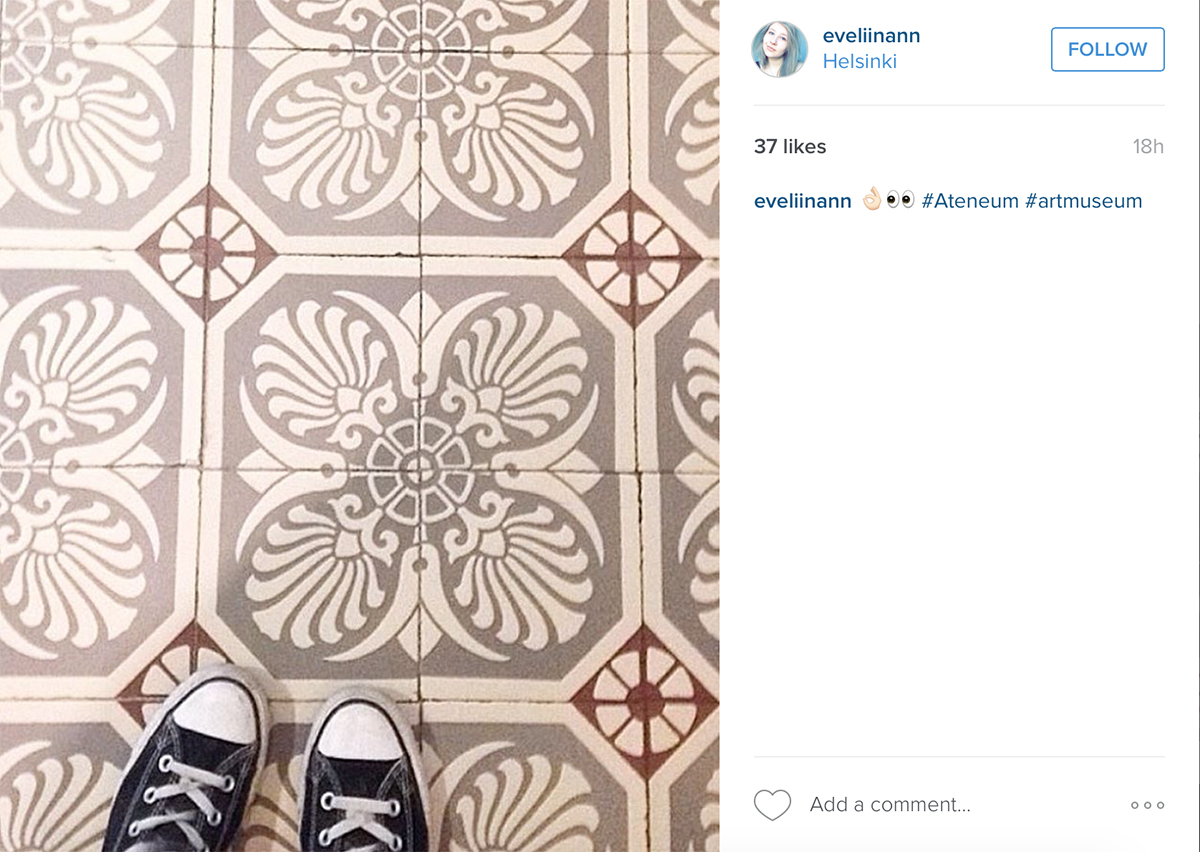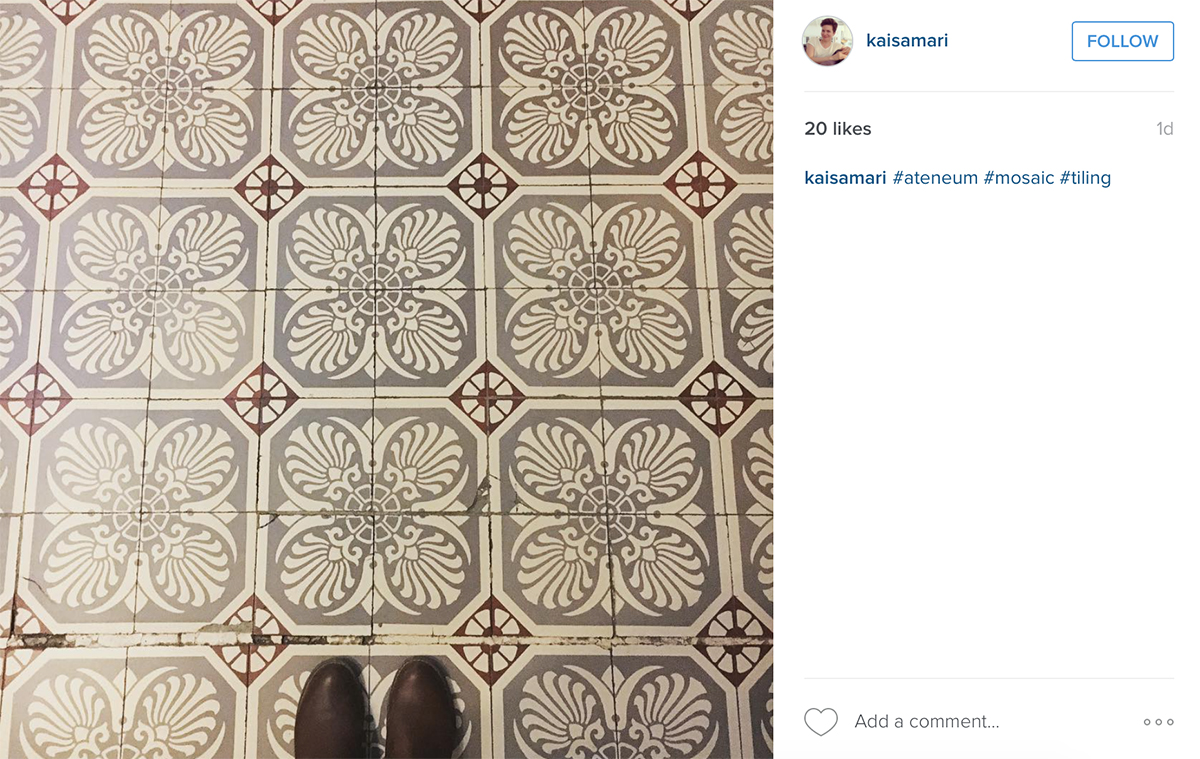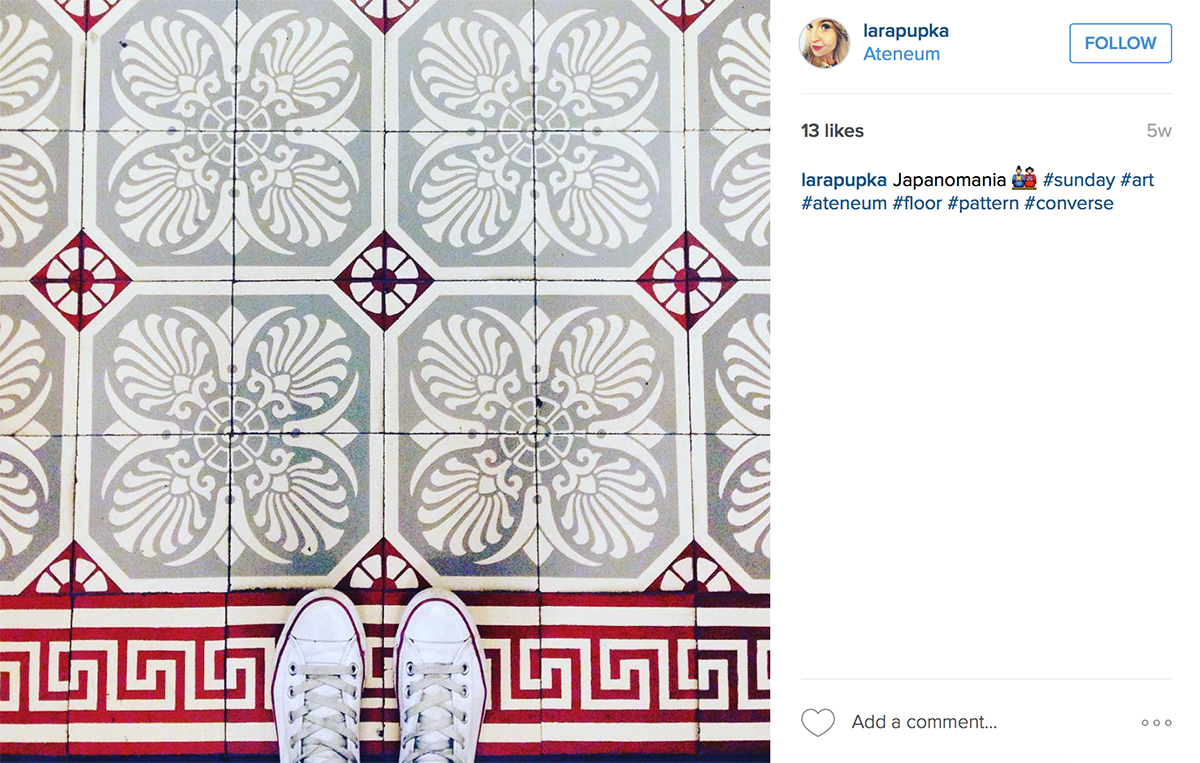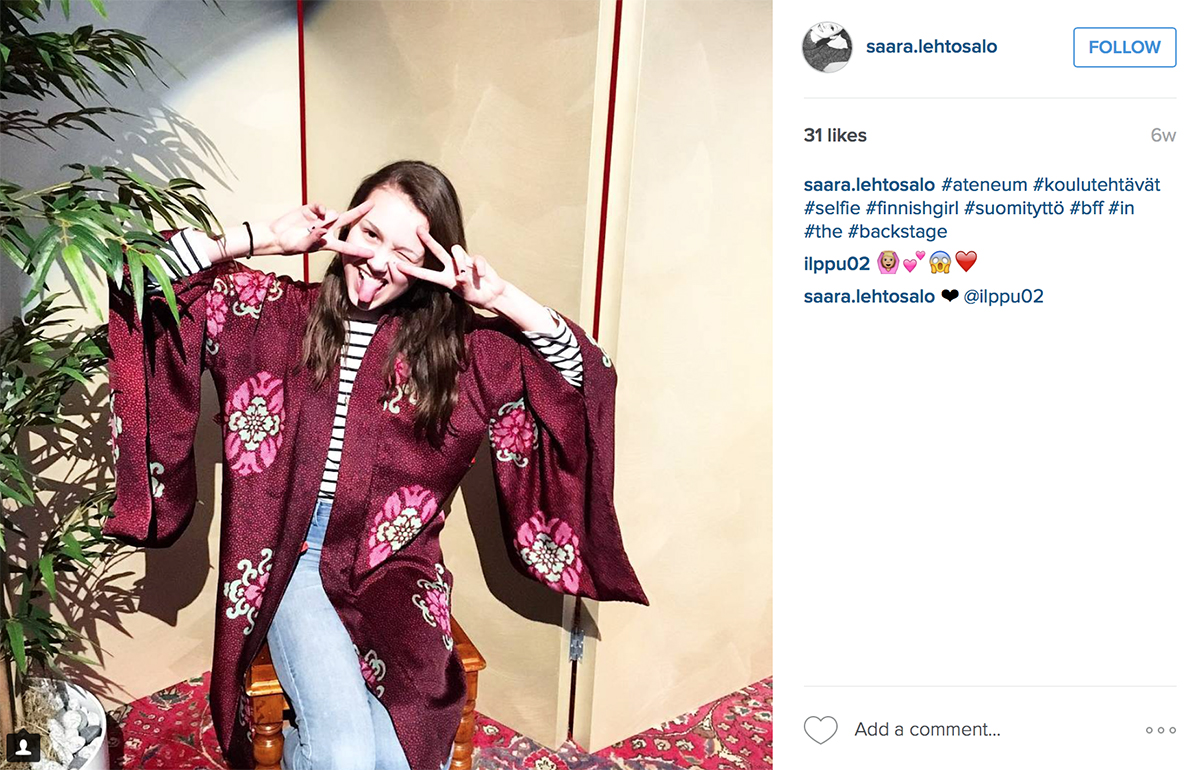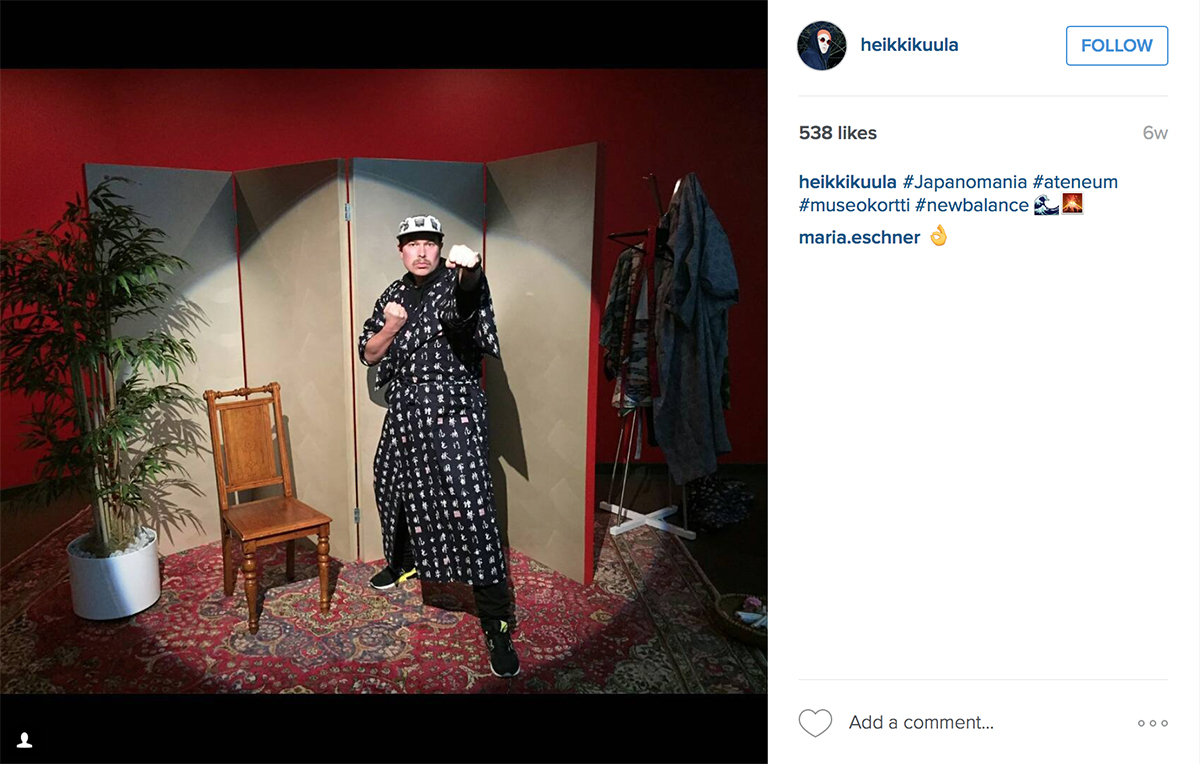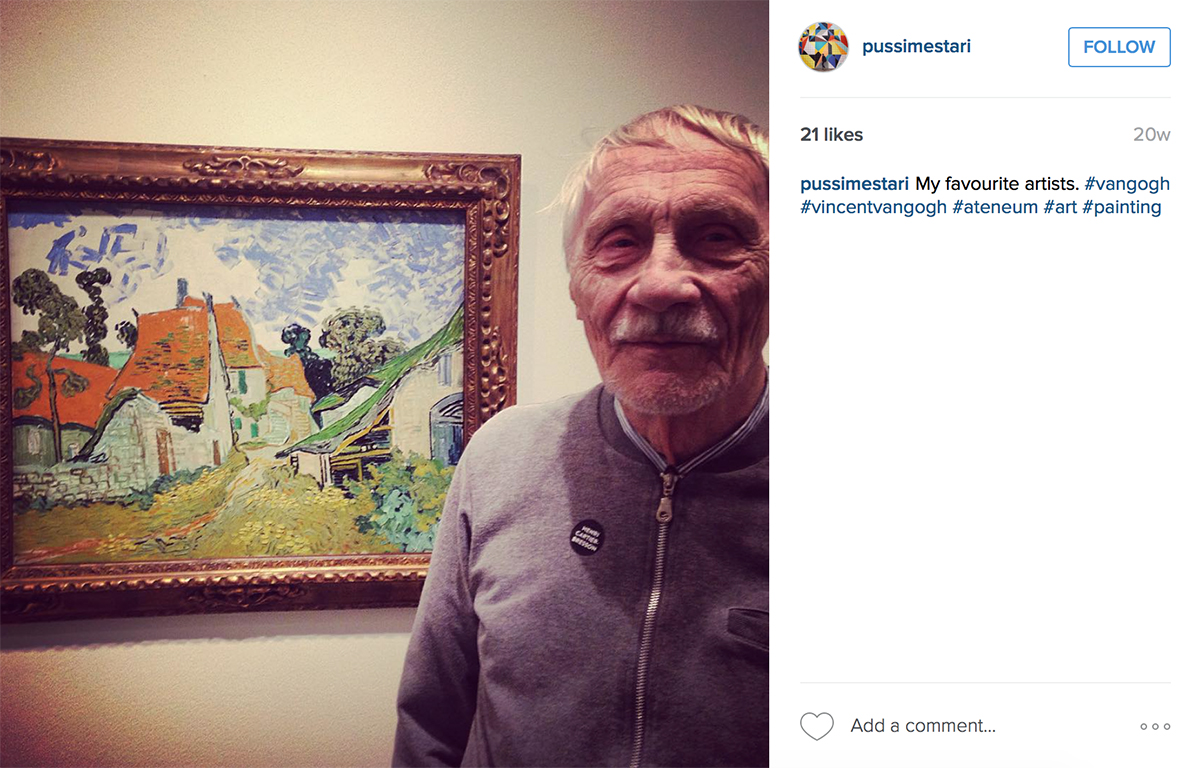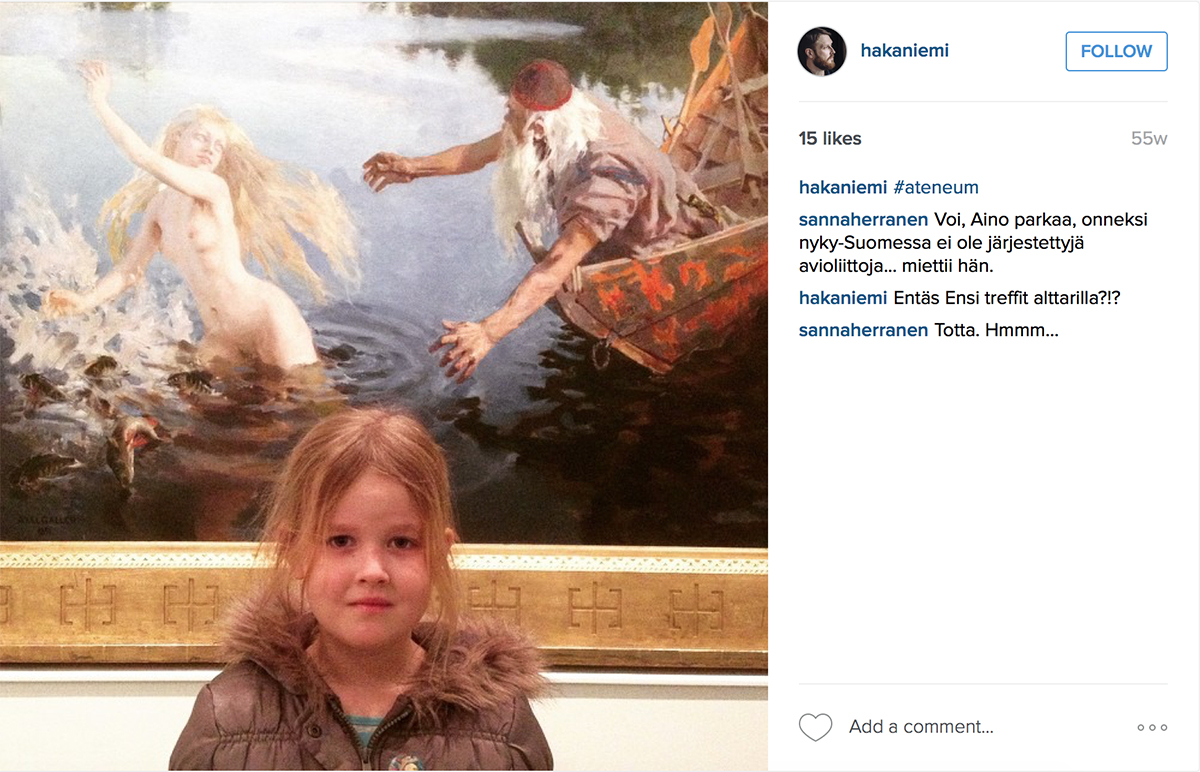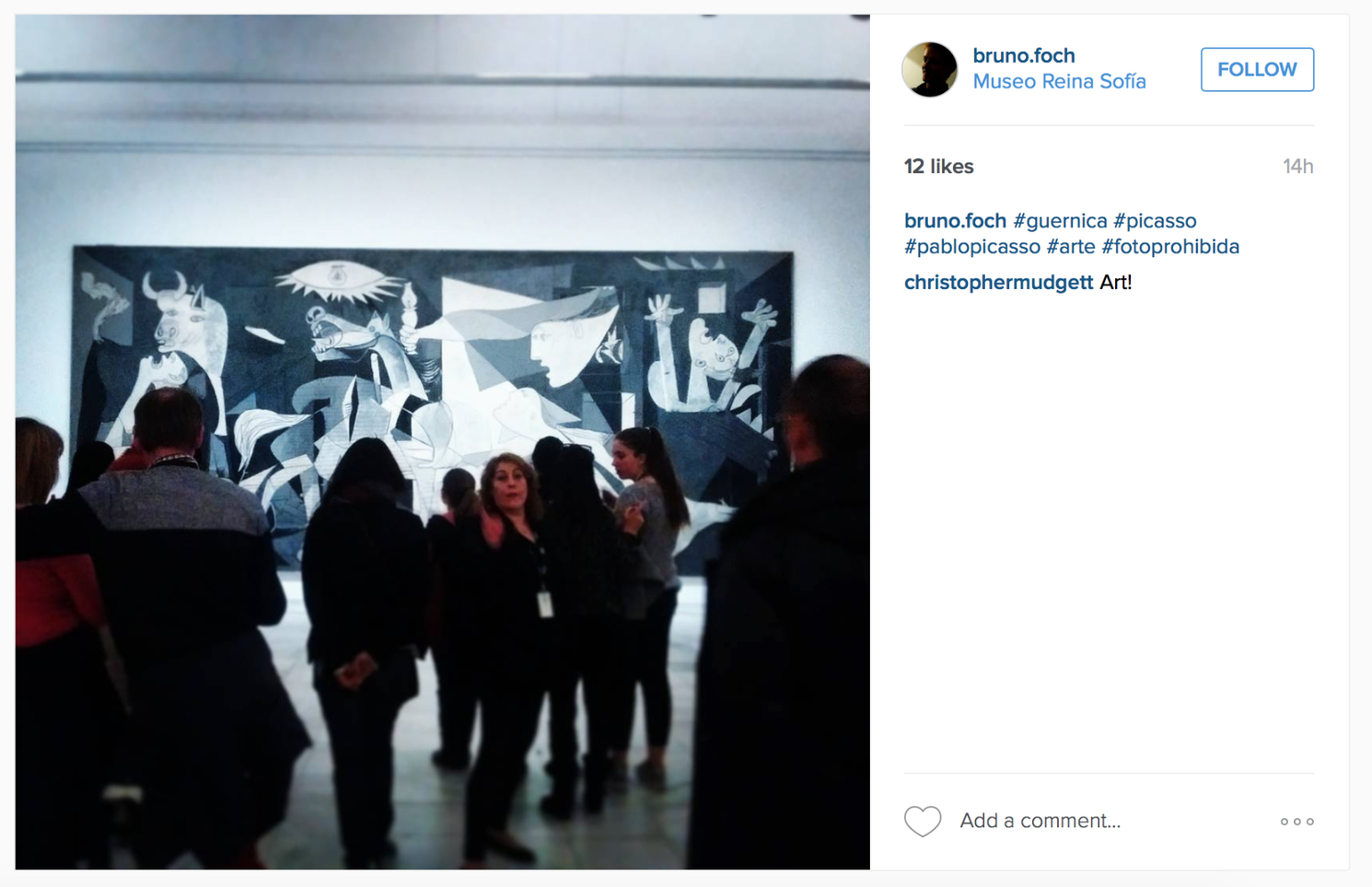WAYS OF VISITING
Non-traditional and peripheral approaches to museums
The experiences at The Hermitage (Russia)
2.1. Investigations of the photographic body of work in museums
Through multiple in-person visits to museums over four years of research, I also investigated the most recurrent mode of artistic mediation in the process of enjoying art: It is no longer the direct relation between exhibited work and the public but that of exhibited work, portable photographic apparatus and the public.
Photography is now a constituent part of the museum visit. Even before the arrival of cell phones and cameras in 1931, Walter Benjamin dealt with the frictions of this process between artwork, photography and the public:
If anything characterizes the modern relationship between art and photography, it is the unresolved tension that arose between the two when works of art began to be photographed (BENJAMIN, 1987, p. 98, free translation of the Portuguese version).
The experiences discussed here suggest that photography is also a body in the museum, endowed with the same ontological status as the public and the works; in Flusser's words: "a new function, in which man is neither constant nor variable, but indelibly attached to the apparatus" (2018).
My intention was to put this new subject in situations where it could stand out and thus be better understood. I also hope, through the experiences discussed here,to show my full agreement with BERGER (2008), who states: "Every image embodies a way of seeing."
First, I highlight the possible relationships between visitor, photography and art space, identified during my four years of research:
Keeping one's eyes closed in a museum is a form of scrutinizing the idea of contemplation – even suggesting the negative connotation of this concept, associated with a certain alienation. I fully agree with Guy Debord when he states that:
“the more [the spectator] contemplates the less he lives; the more he accepts recognizing himself in the dominant images of need, the less he understands his own existence and desires."
Thesis 30 (DEBORD, 1977, p. 52, Bread and Circuses Publishing)
Not using human vision to produce such records has resulted in images that deconstruct the multiple visual and ideological orientations that the Hermitage displays attempt to create for visitors. Thus, maintaining closed eyes at the Hermitage is not only a quaint way to visit, but a non-traditional reaction to a set of ordered visual elements that make up the composition of the museum's official narrative, which seems to include the defense of a powerful Russia, considered a key nation in global geopolitical decisions. Among the changes in traditional visual logic are:
- Images produced at heights not necessarily linked to the heights of visitors;
- The camera is free to view the works as a territory of new visual narratives. Oil portraits of Czares, queens, princes and princesses are easily headless, for example;
- Everything in the exhibition space is of equal importance, including frames, exhibition walls, curtains etc. There is no hierarchy between artworks and other objects.
It is important to highlight that the results obtained from the experiments at the Hermitage dialogue with previous approaches by artists in museums . The non-traditional frames I took at the Hermitage that do not show how all of the exhibited works bear similarities to the photographic experiences of American artist Elliott Erwitt in museums of Athens, Berlin and London, between 1965 and 1996; nor the photographs that are interested in the museum staff dialogue with a specific photograph by Eve Arnold – Untitled (On Guard at the Matisse Section of the Hermitage), taken in 1966 at the same Russian museum.
The experience can also be seen as a metaphor for the increasing automatism of the photographic apparatus, now inserted in mobile phones connected to the internet and full of previously unimagined functionalities. Maybe one day mobile phones will be able to take photos on their own. Would their museum photographs be like this?
I finish this part with these unusual photographs in which the camera is something in and of itself. With heightened autonomy, it built its own museum, whose records forgo explanations that try to fit them into human visual normativity.
And, of course: viewing these photographs with open or closed eyes is entirely up to you.
Because it is a space that tries to intensify strategies for persuading the gazes, the Hermitage configures a rich museum system from the point of view of vision control. Through the relations at play during a visit to the Hermitage, the subsystem of the human body inevitably receives a high burden of control of the subsystem of the work and its exhibition space. In this context, the subsystem of the photographic apparatus is largely passive in light of the power relations between the grandiose space and the visitor. Everything there seems to be orchestrated to control the visitor's gaze and, consequently, the camera's gaze, creating a sort of flattening of these two subsystems.
This characteristic of visual delight calls to mind an anecdote by Nestor Canclini in Hybrid Cultures – Strategies for Entering and Leaving Modernity, which took place in Mexico's National Museum of Anthropology. What I sought to break at the Hermitage was precisely these constructed expectations:
Torres Bodet [the Secretary of Education] took me to an interview with Dr. Lopez Mateos and told him: ‘Mr President, what indications do you give the architect about what this museum should achieve?’ The answer was: ‘That, upon leaving the museum, the Mexican people feel proud to be Mexican.’ [...] As we were leaving, the President said: ‘Oh, I also want it to be so appealing that people ask have you been to the museum in the same way that they ask have you been to the theater or movies. (CANCLINI, 2013, p. 189, free translation of the Portuguese version)
Because it is a space that seeks to control the gaze in an intense way, the Hermitage has proven to be the ideal space to carry out a typical procedure of institutional critique, which characterizes part of my way of creating art, namely: through the deconstruction of groups of institutionalized practices, I was able to create a situation in which it was possible to separate elements of the system in question (in this case, the photographic apparatus) from the context in which it is presented, thus facilitating the understanding of its procedures and the different powers acting there. How?
To deconstruct the Hermitage's powerful imagery, I could simply refuse to look at it.
Following the suggestion of filmmaker Fernanda Pessoa, I visited the Hermitage with my eyes closed on five separate occasions, guided by different people, during the period of February through May 2016. At no time did I see what was in front of me. Without ever having seen the inside of the museum in person, I studied it through photographs taken blindly, using only the automatic focus of my camera. Before these experiences, I had never visited the Hermitage, and the decision to not view it is something that persists to this day and will continue indefinitely.
I am still in the process of understanding the Hermitage without ever seeing it in person and intend to return to the museum soon for more visits of this type. This attitude has been adopted by me both as a political conceptual strategy (refusing to see something presented as powerful is a form of turning away from authority) or as a way of enhancing the fact that a visit to any museum depends on the visitor's attitude.
2.2 The Hermitage: a museum to not look at
The main experience of this chapter is the result of several small actions carried out in museums, some of them mentioned above. The forbidden photographs of Guernica and the experience in the Prado were particularly important for formulating a more complex reasoning: of offering independence to the photographic apparatus in order to make it more of an autonomous body than a mere companion on the museum visit. A deeper experience was needed, however, to understand this layer of the visit.
The Hermitage, in St. Petersburg, was chosen not only because it has a collection of over 3 million works of incalculable worth, but also because unlike other museums with magnificent architecture, such as the Louvre, its exhibition galleries contain paintings and sculptures among furniture and objects that are equally as valuable and visually impacting.
The process of closing my eyes (even if momentarily) to experience an unusual perspective of exhibition spaces is now a recurring practice in my work and in my way of being in museums. 1. Finnish Museum of Natural History, Helsinki; 2. National Museum of Denmark, Copenhagen; 3, 4, 5. The practice of taking photographs with my eyes closed in museums also trained my gaze for producing recording parallels between exhibition signage and wall texts, in surveillance cameras and other types of visitor control and perceptions of sculptures from their shadows on the floor.
More Autonomous Photographs 1.
At Reina Sofía, I collected and analyzed amateur photographs of Pablo Picasso's Guernica posted on Instagram and Twitter. They differ greatly from the rest of the photographs taken by visitors in this museum, because, unlike the other works in the collection, Guernica cannot be photographed. I consider them to be examples of when the subsystem of the photographic apparatus distances itself from the subsystem of the human body and takes center stage, since, in these cases, there was no time to consider composition in the least.
More Autonomous Photographs 2. At the Prado Museum, I spent the day photographing the gallery with the Black Paintings by Francisco de Goya under the effects of hallucinogenic substances and, therefore, in an altered state of perception and consciousness. In this atypical context, my body allowed the camera to be freer than usual, a situation pertinent to a study that aims to understand photography as a body.
Selfie more spontaneous. 1. Of similar styles, the brushstrokes on the canvas of Van Gogh and the marks of time on the face of the visitor; 2. Two ways to shade a face – the visitor using the photograph, the painter using the paint; 3. A girl as a projection of the young woman painted in the river. The hands of the man are divided between the two; 4. And, who knows, a person simulating the point of view of a four-legged animal at the edge of a lake.
In these moments, there is generally something more complex than a simple record of a person next to a work. The production of these images may manifest an unconscious desire by people to become the images that moved them.
The institutionalization of the selfie.
Some years ago, museums realized that mobile phones became an essential part of the idea of presence and many created experiences that institutionalized this phenomenon. Another set of images on Instagram were of this type, carried out from an institutional stimulus to the self-portrait in the Ateneum like mirrors and sets in exhibitions.
A couple that loves each other is a couple that photographs each other.
The avalanche of fast clicks at tourist sites like the Sagrada Família, in Barcelona, suggests that the important thing here are the procedures, not the visual results. It is a kind of contemporary ritual. An Eastern couple shows how these photographs are also expanded bodily practices (the human body now imbricated with the body of the mobile phone). Every time I saw the couple embrace, for example, the camera was present, not only recording their proximity, but also helping to form the very idea of company.
Podolatry in the Ateneum. I analyzed 1,625 images posted on Instagram with the hashtag #ateneum. A repeated frame accounted for 12% of them: visitors pointing their cameras at their feet, over a small tiled area of the museum floor. They are the synthesis of the idea of photography in the museum as part of the experience: “We (human body and mobile phone) are here, with both feet in this museum.”
